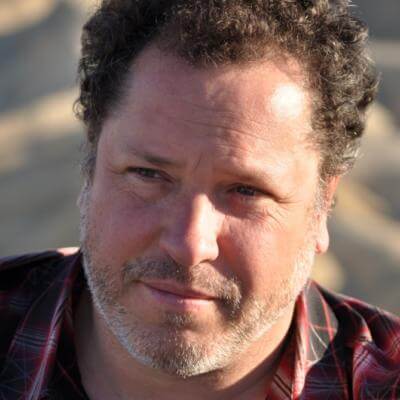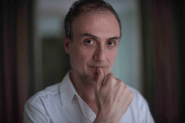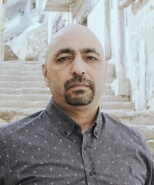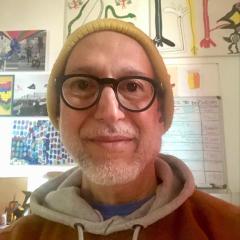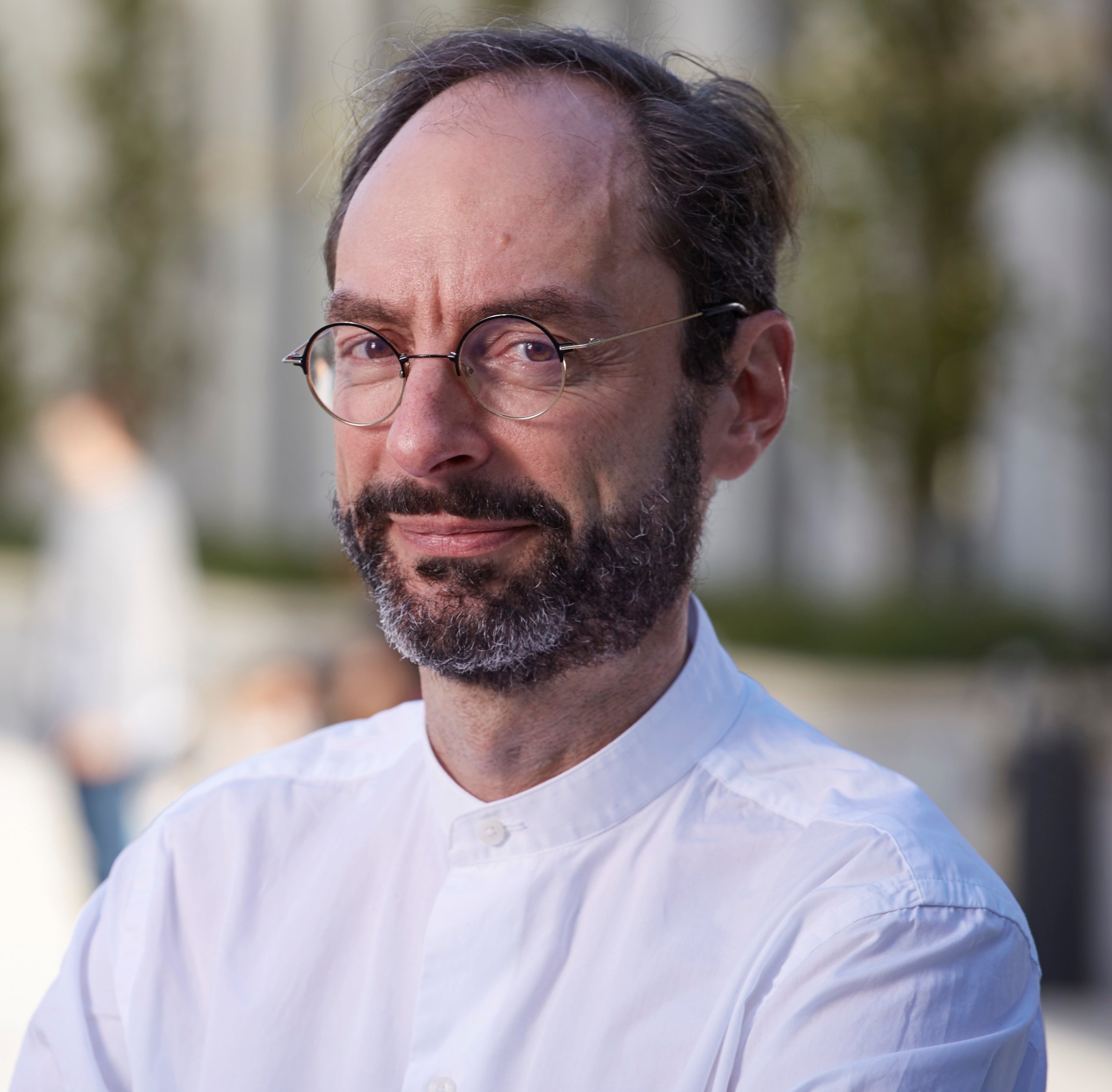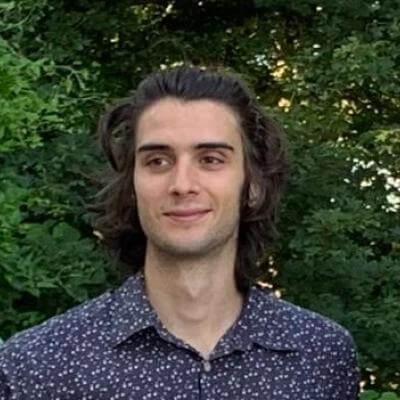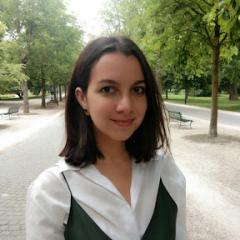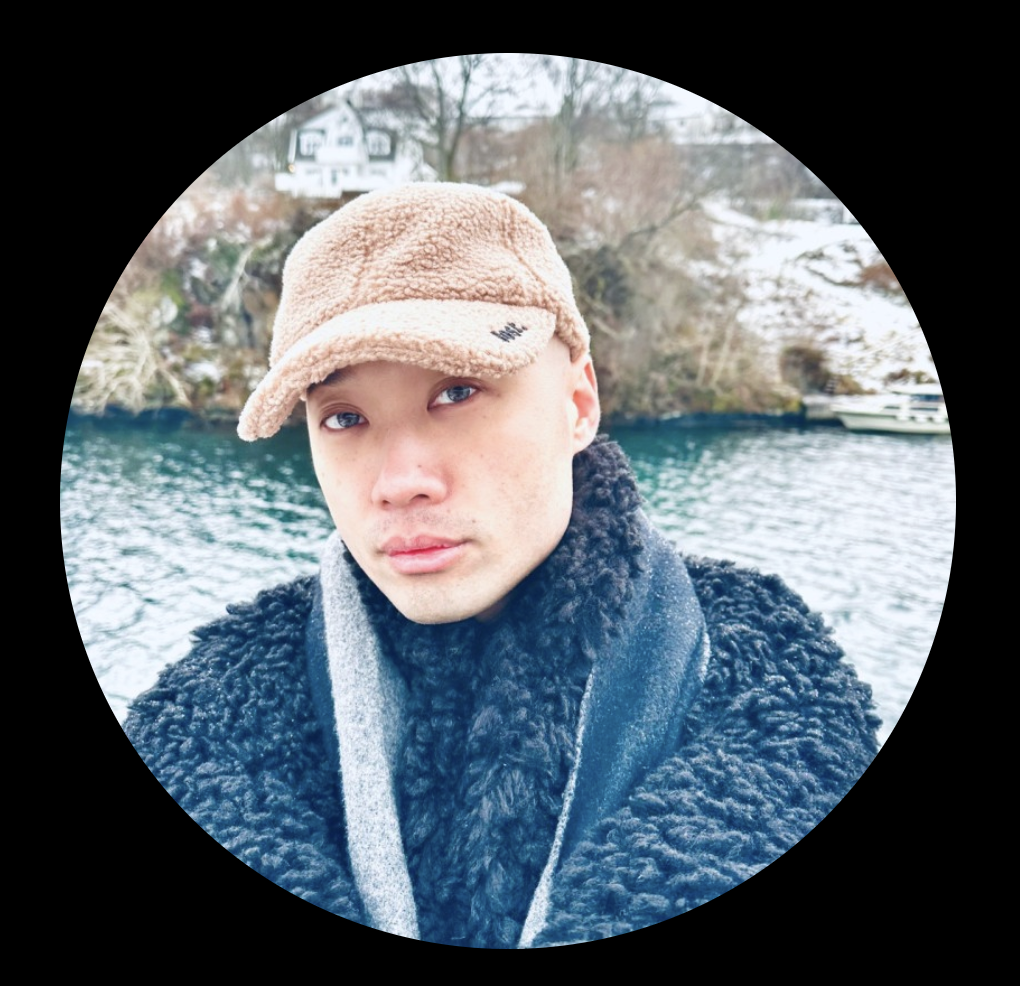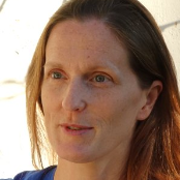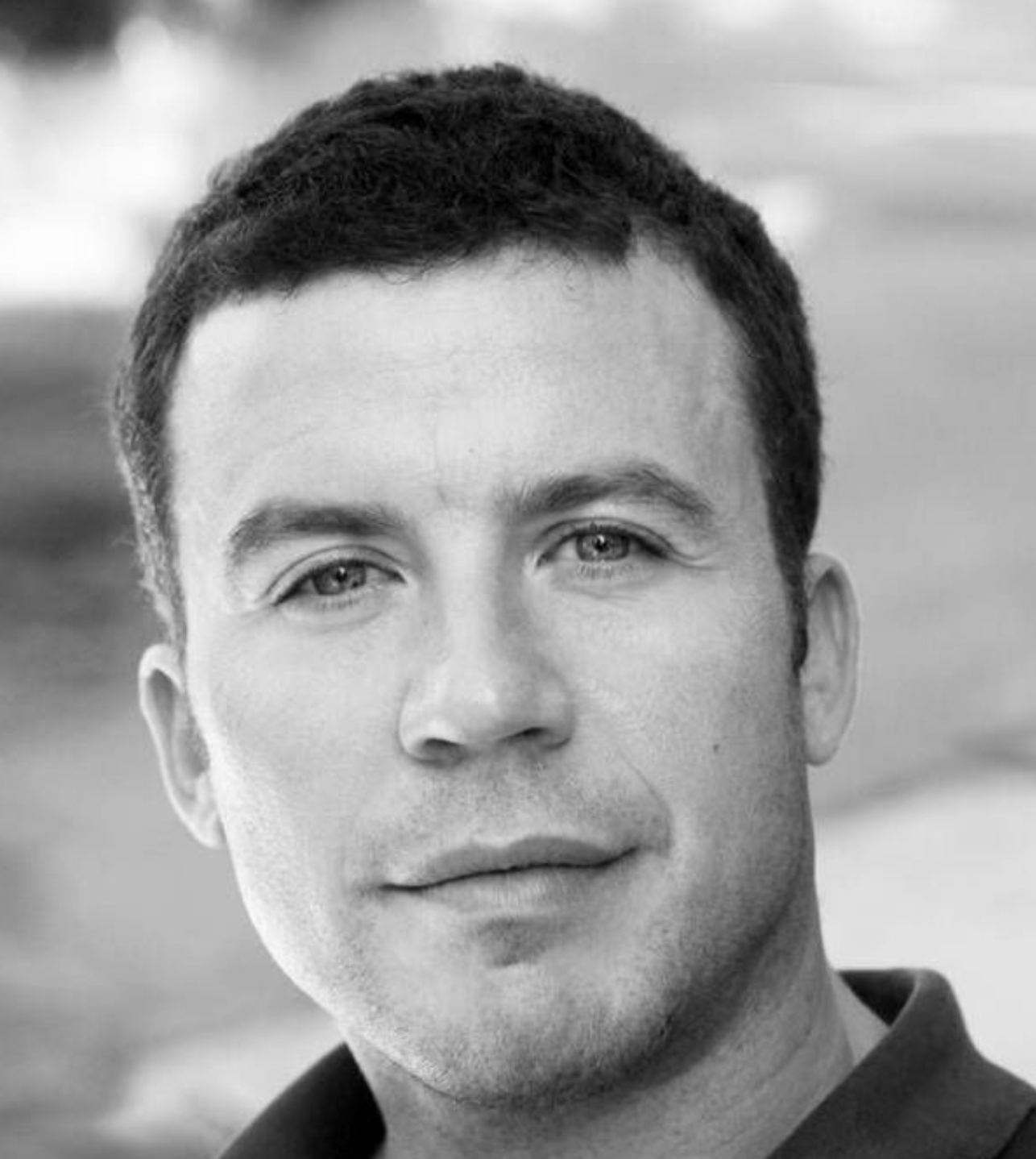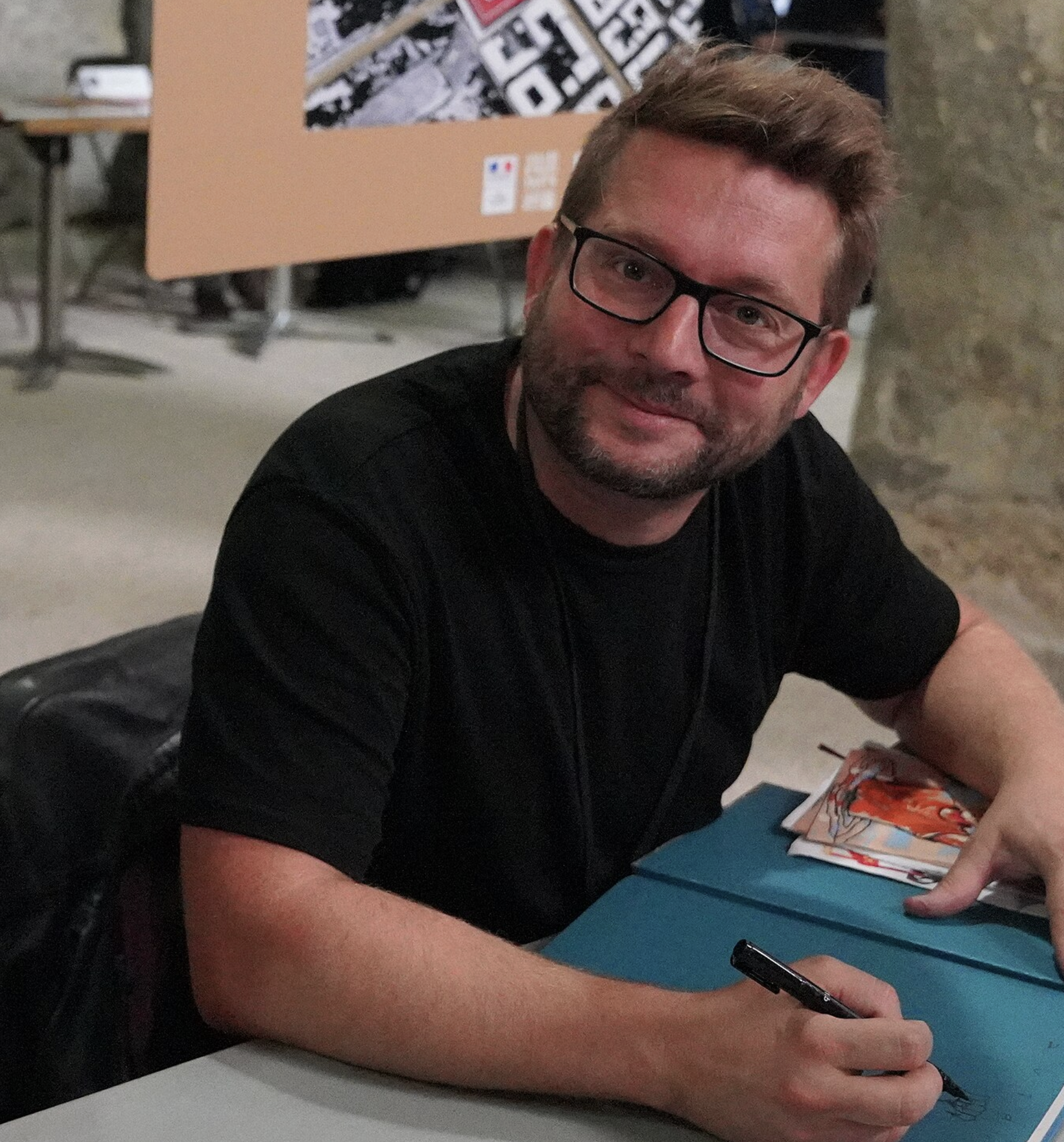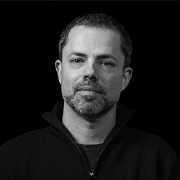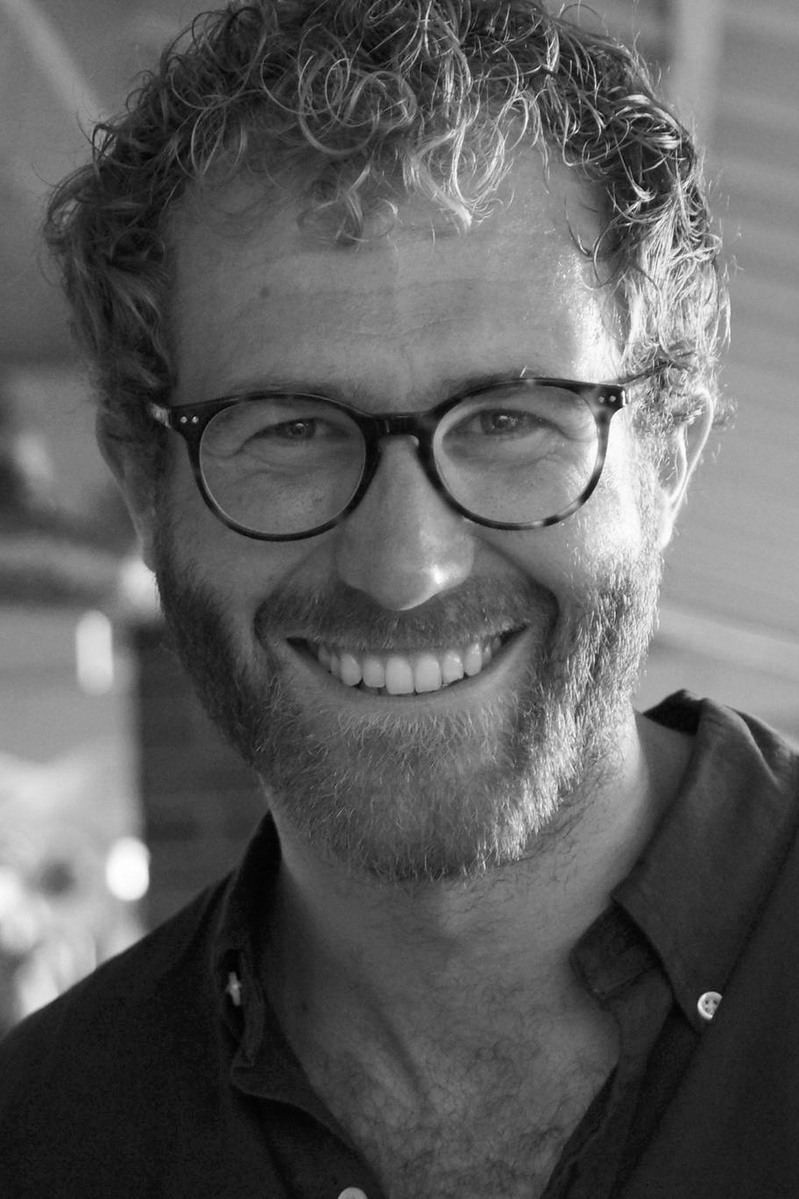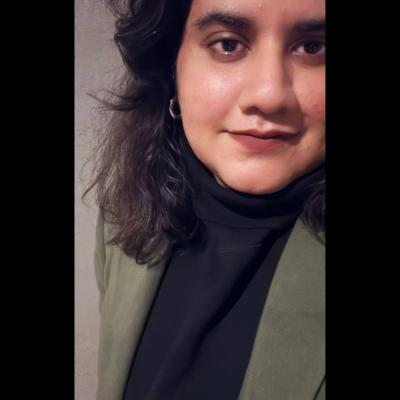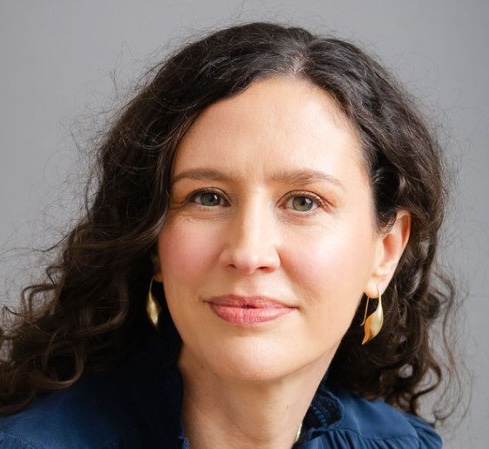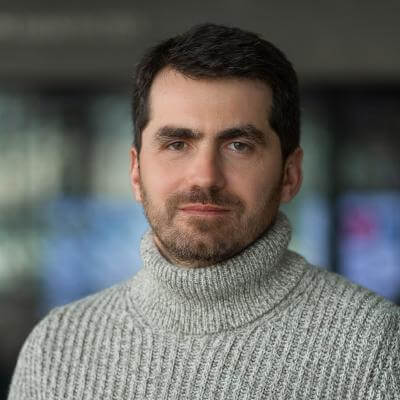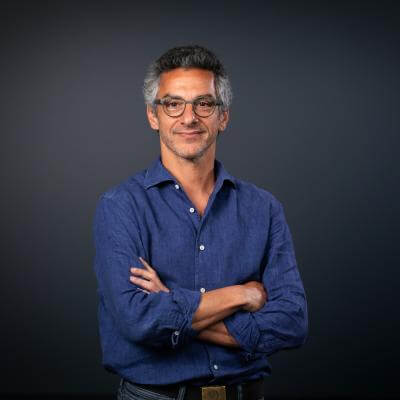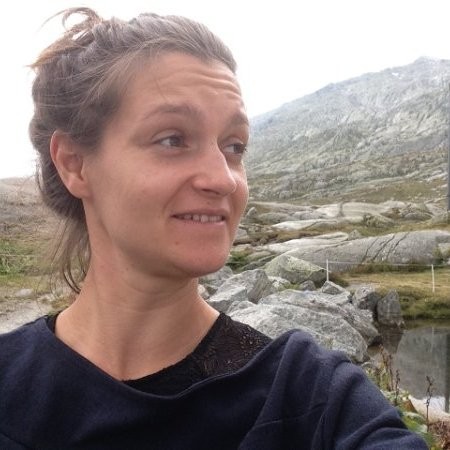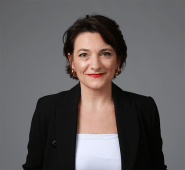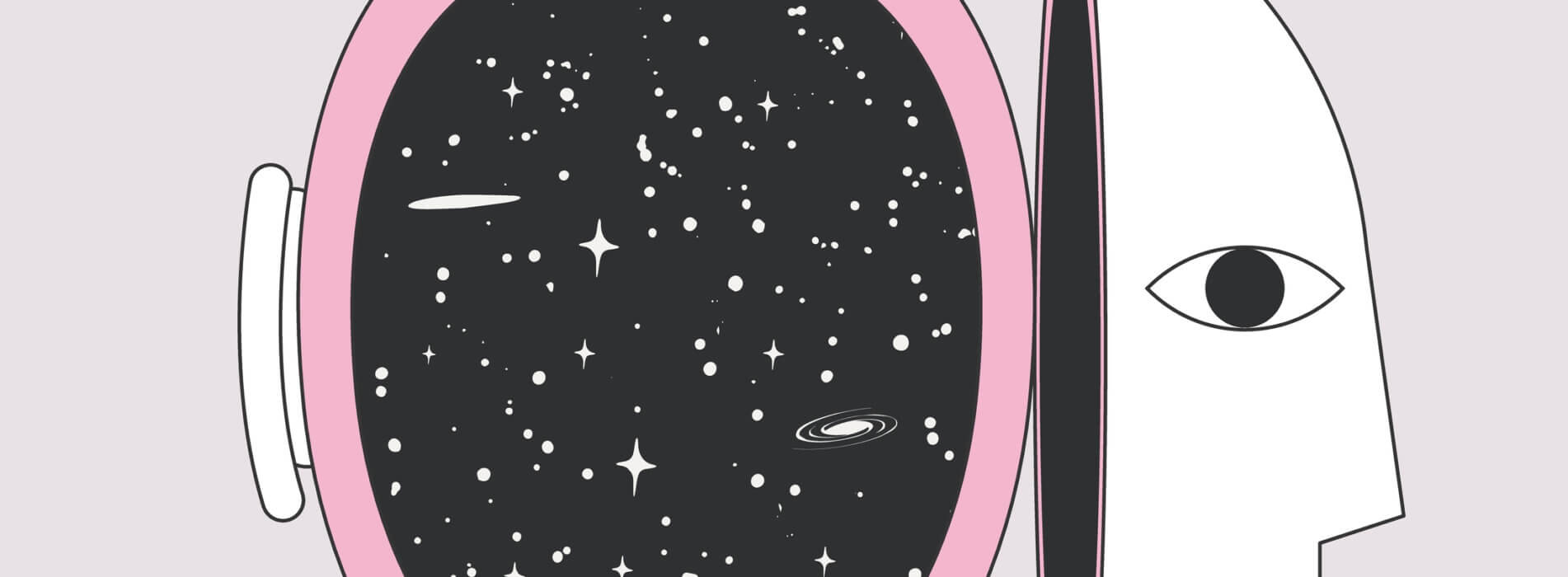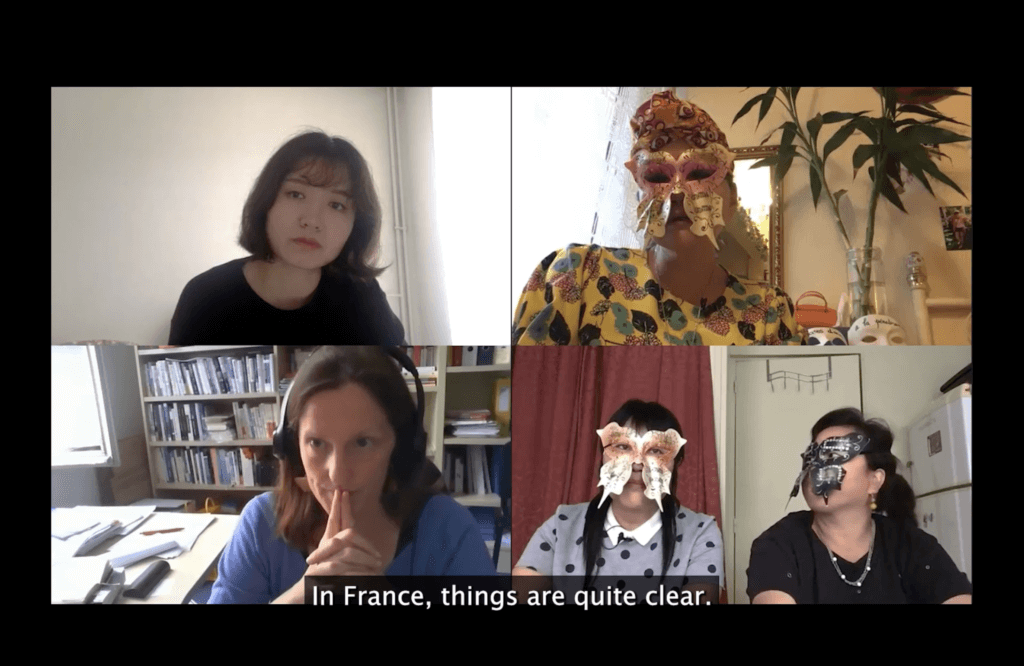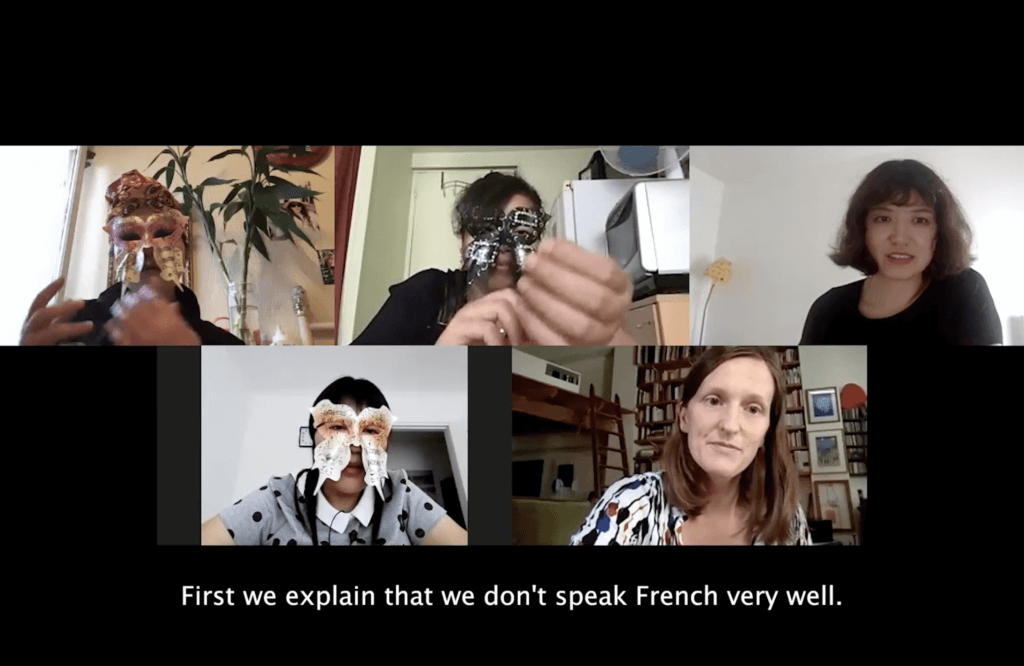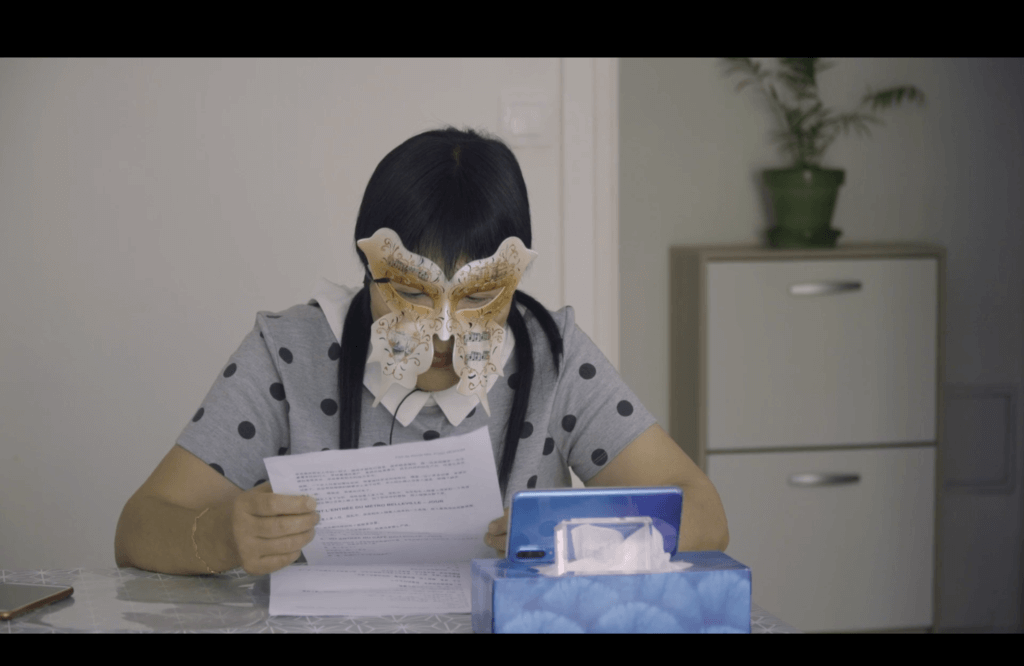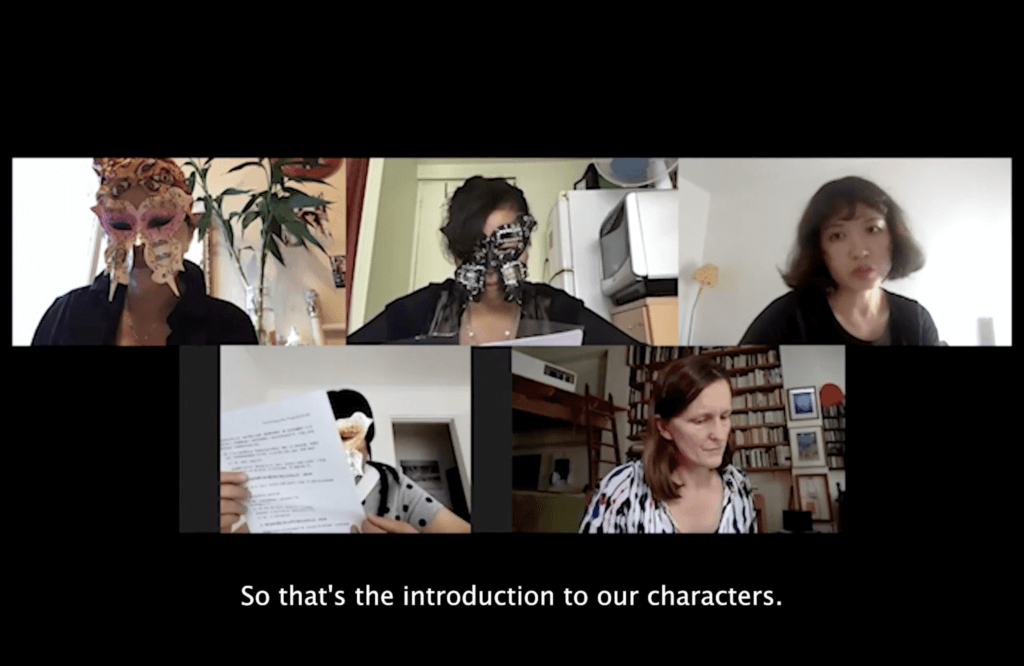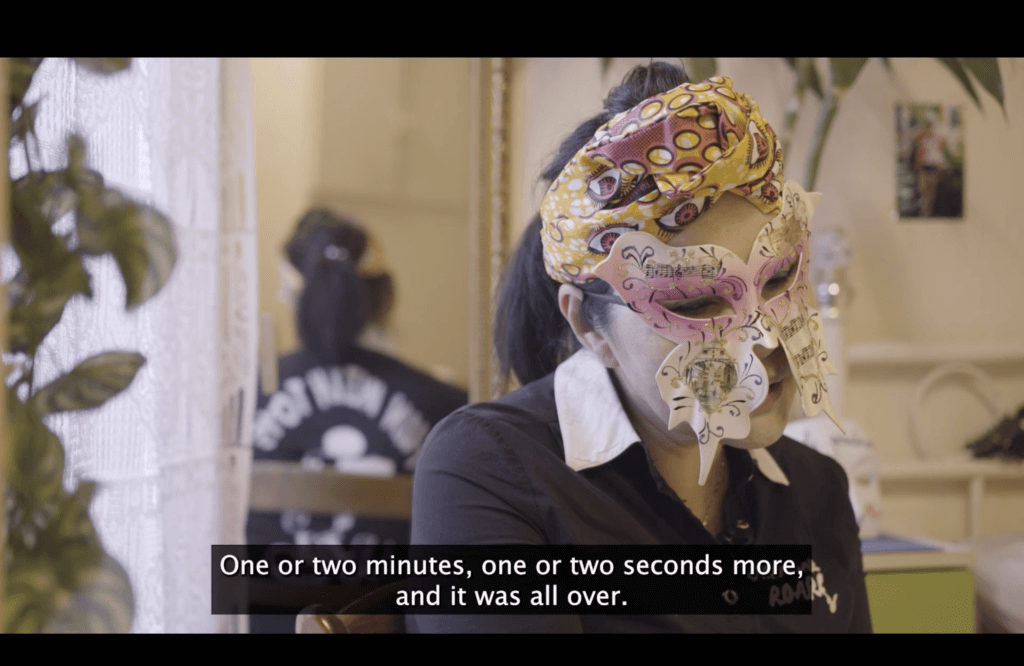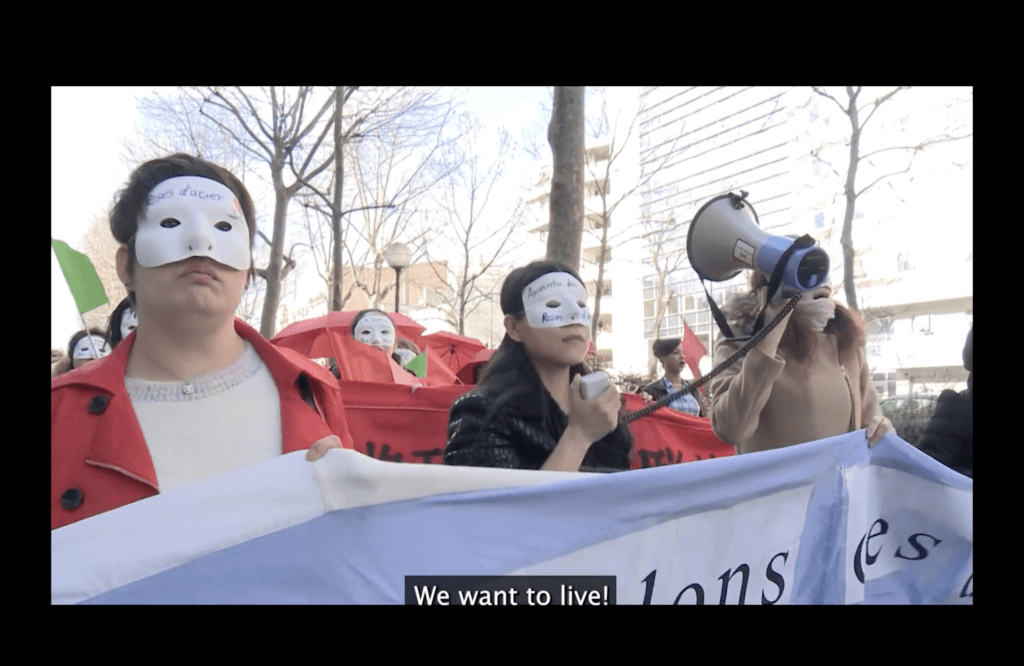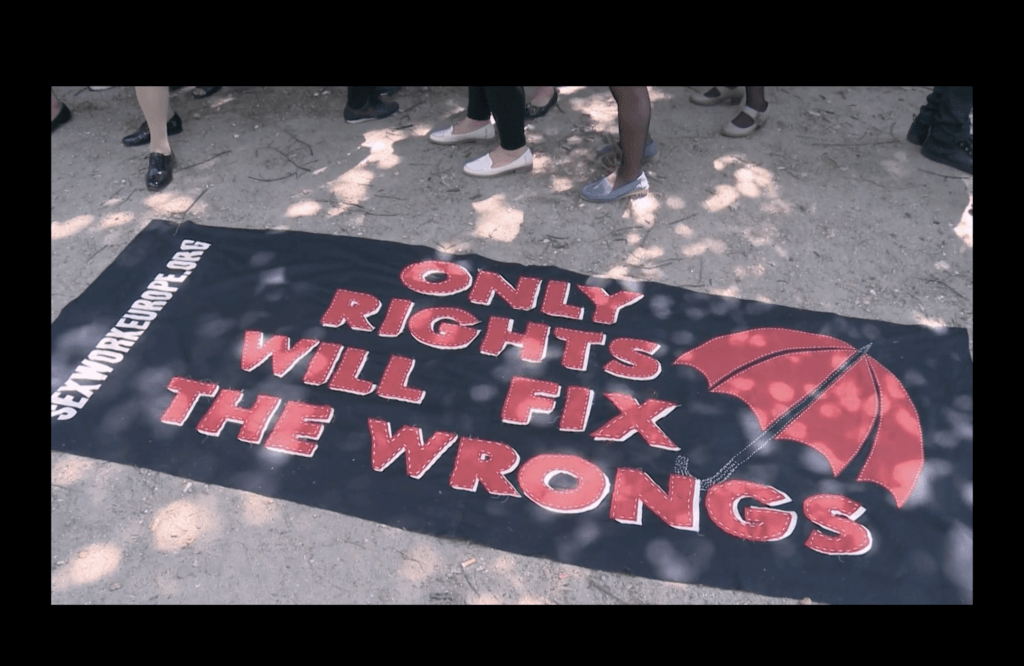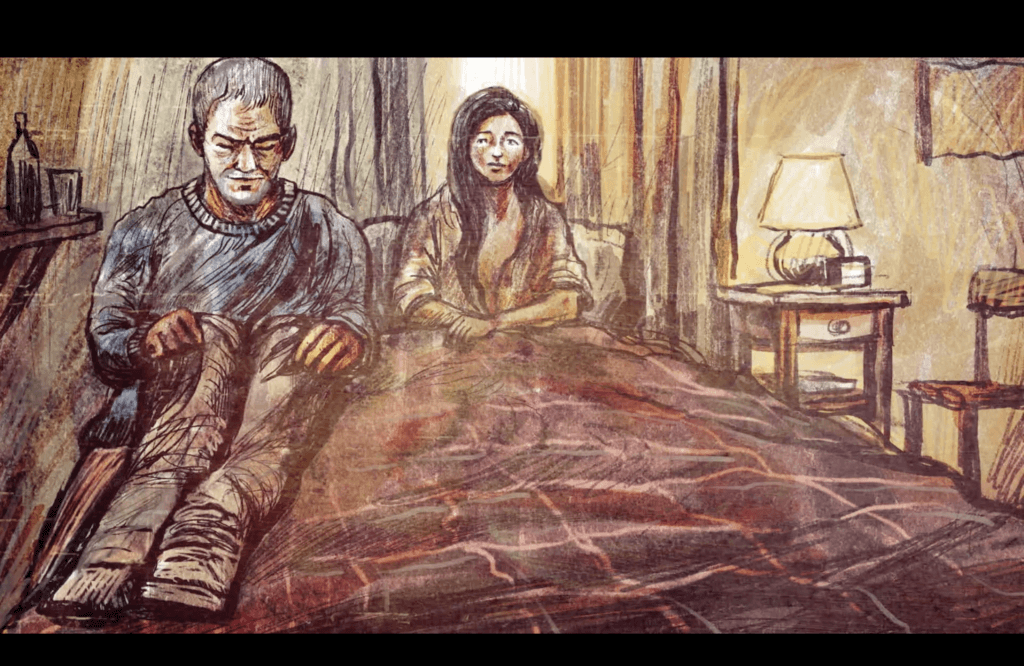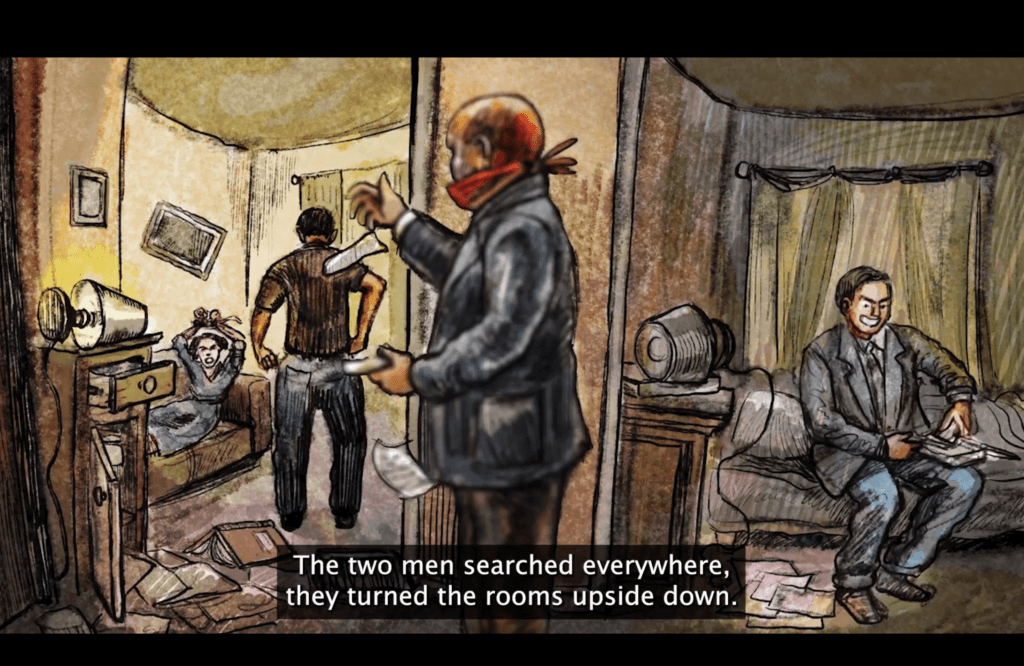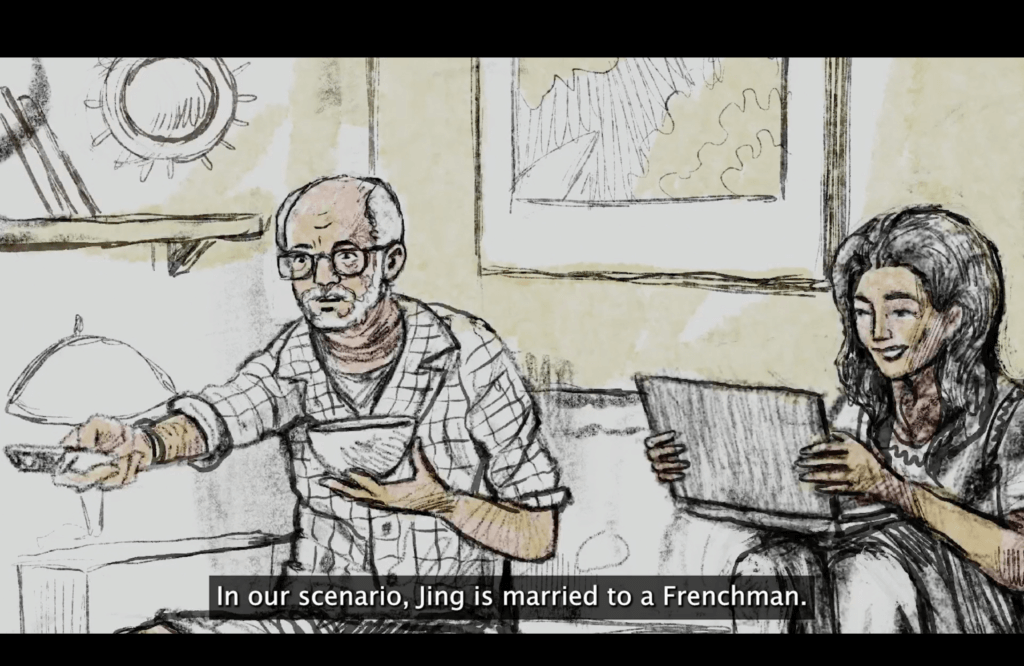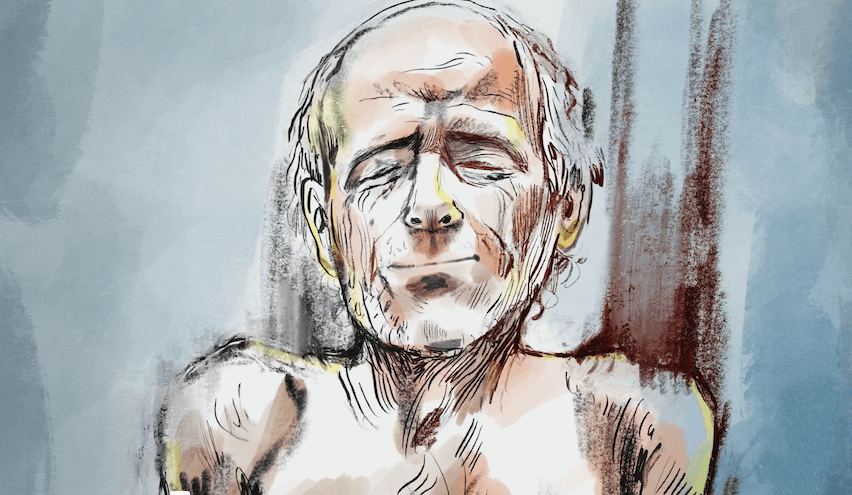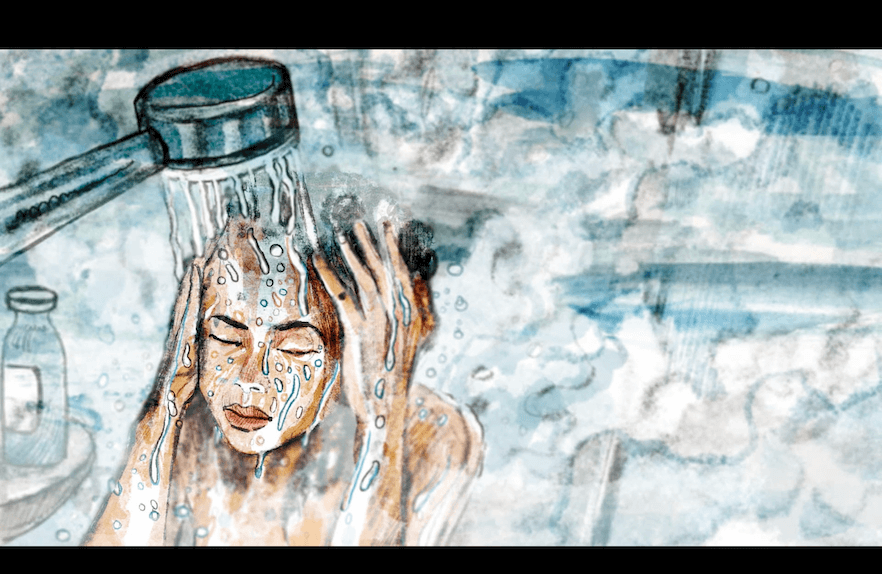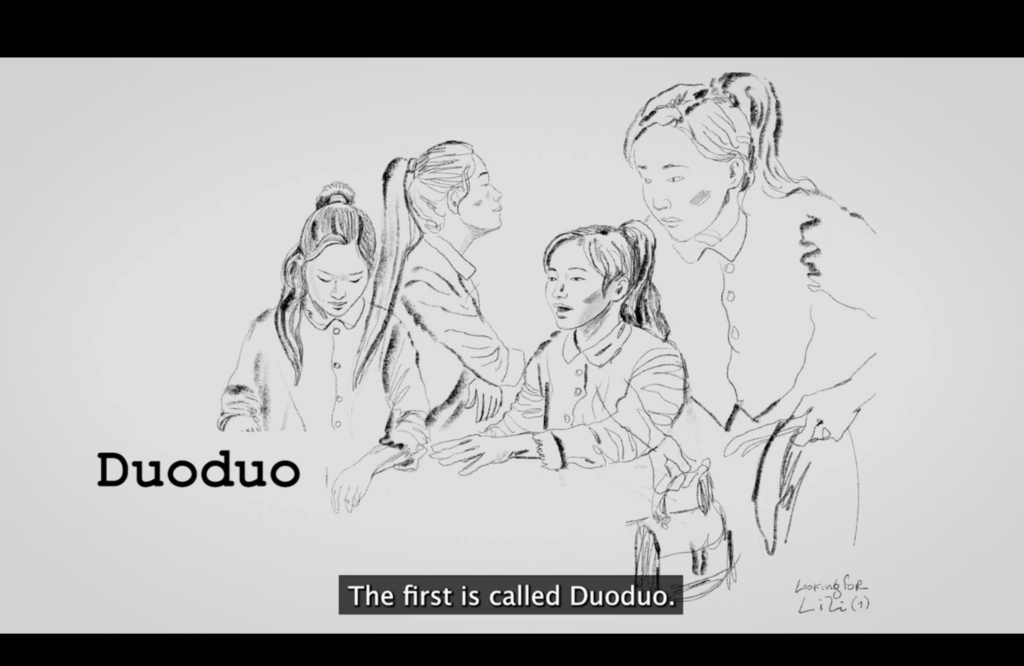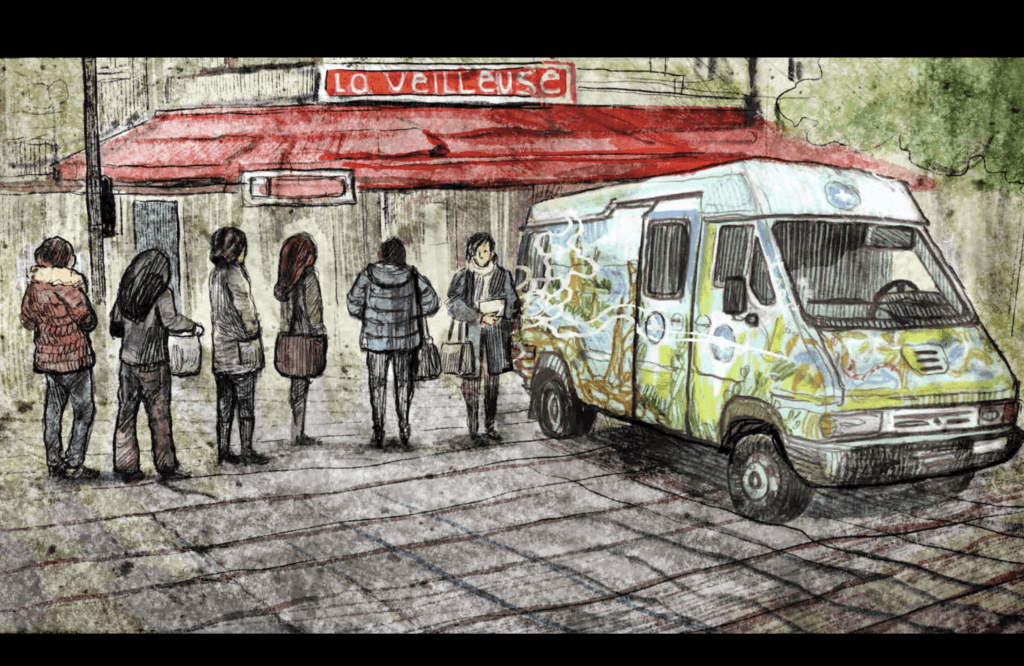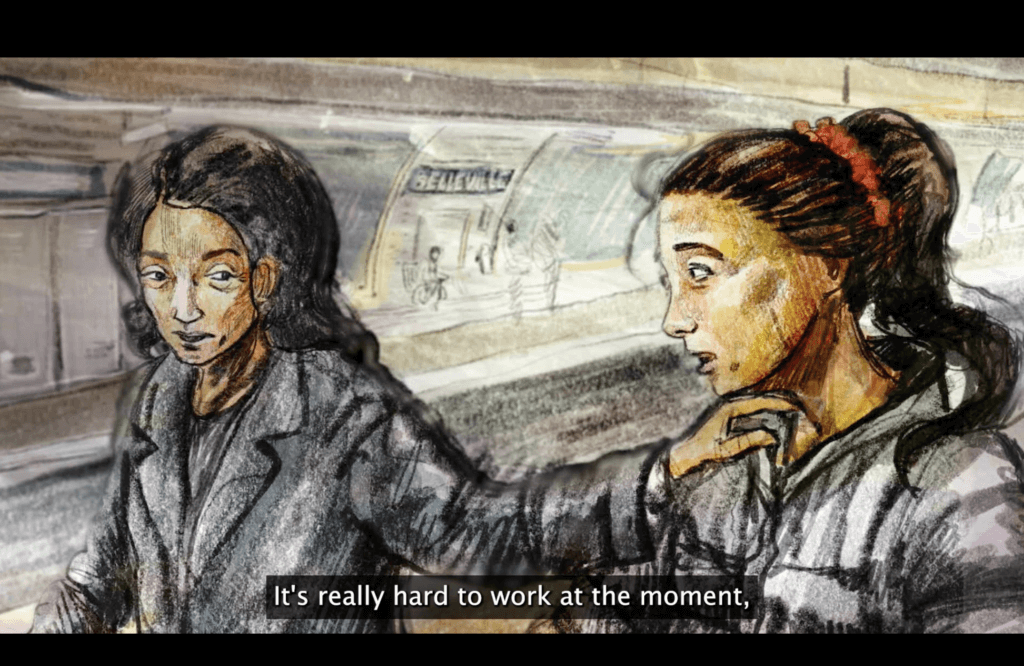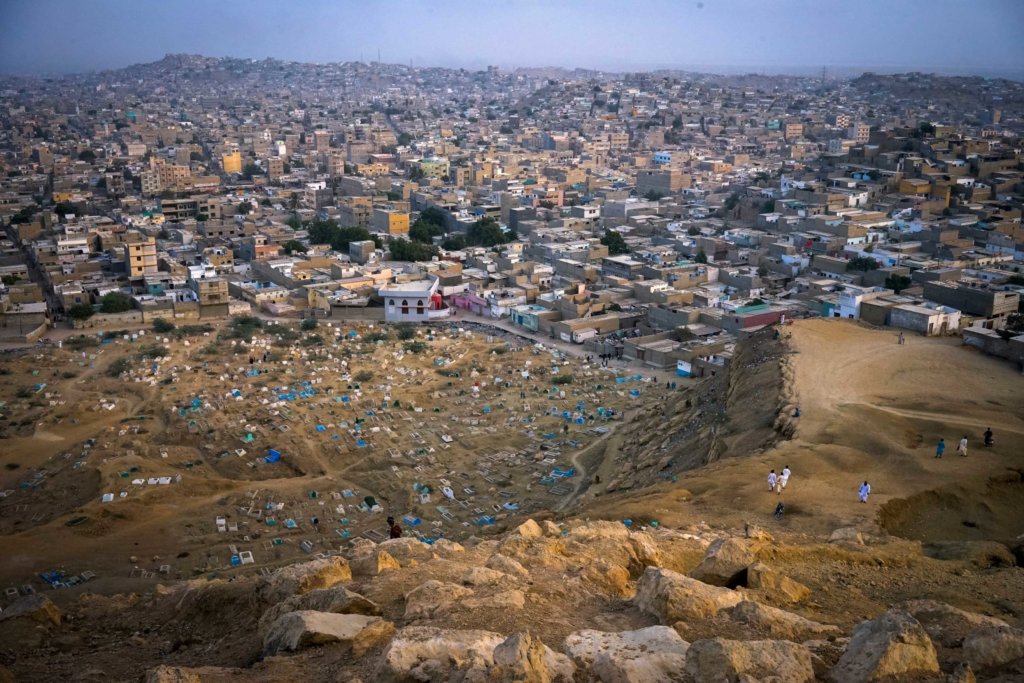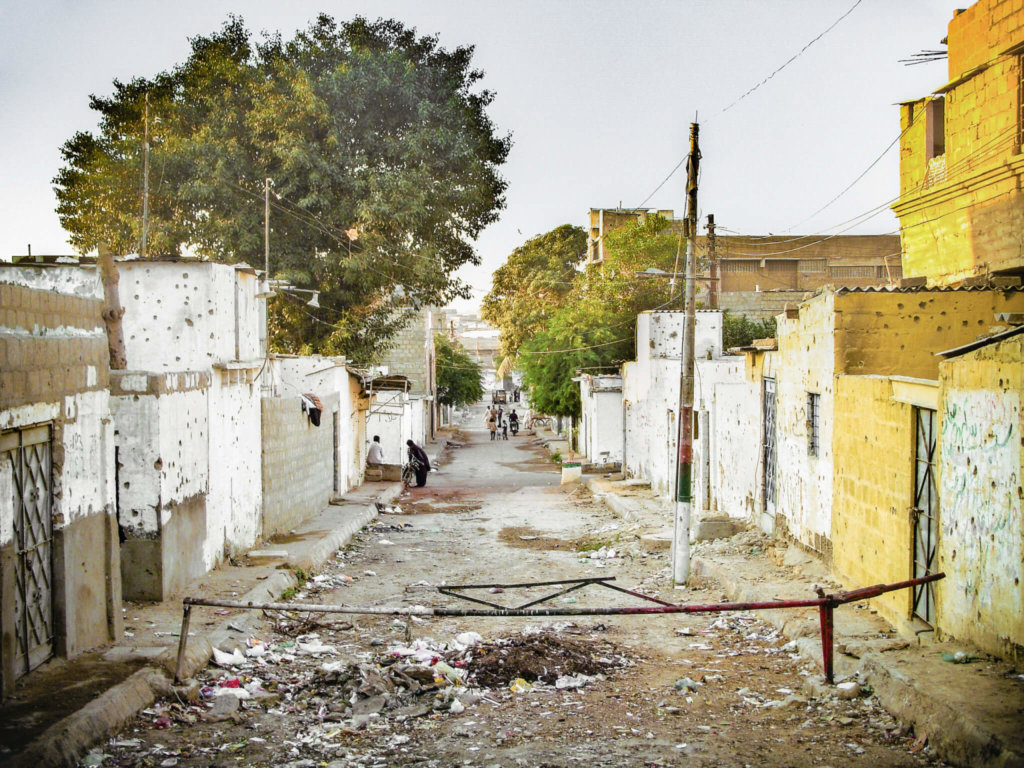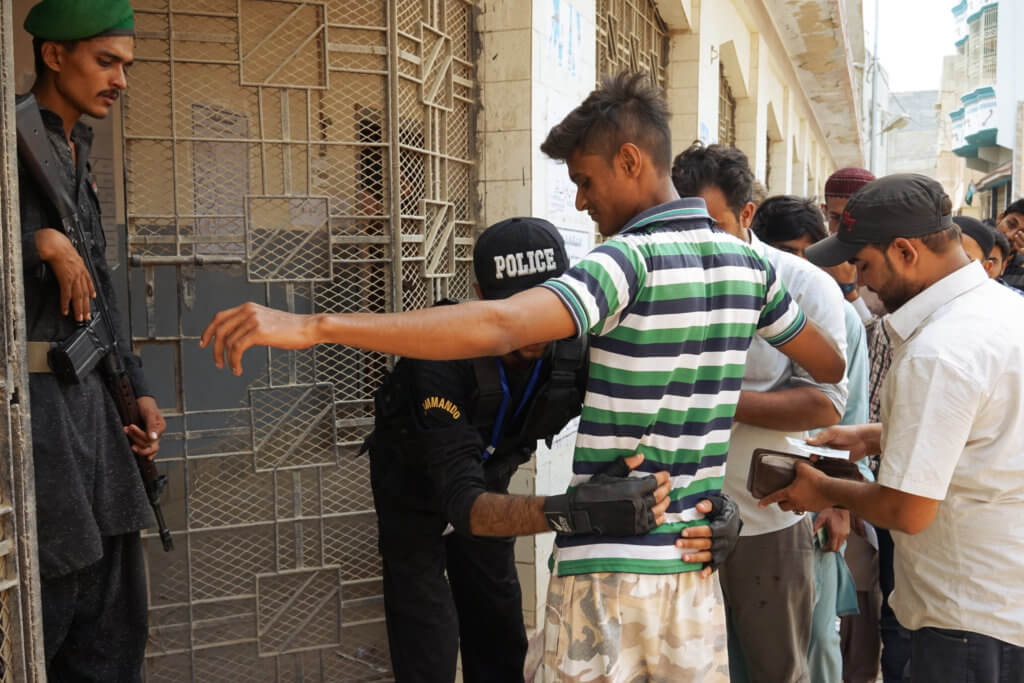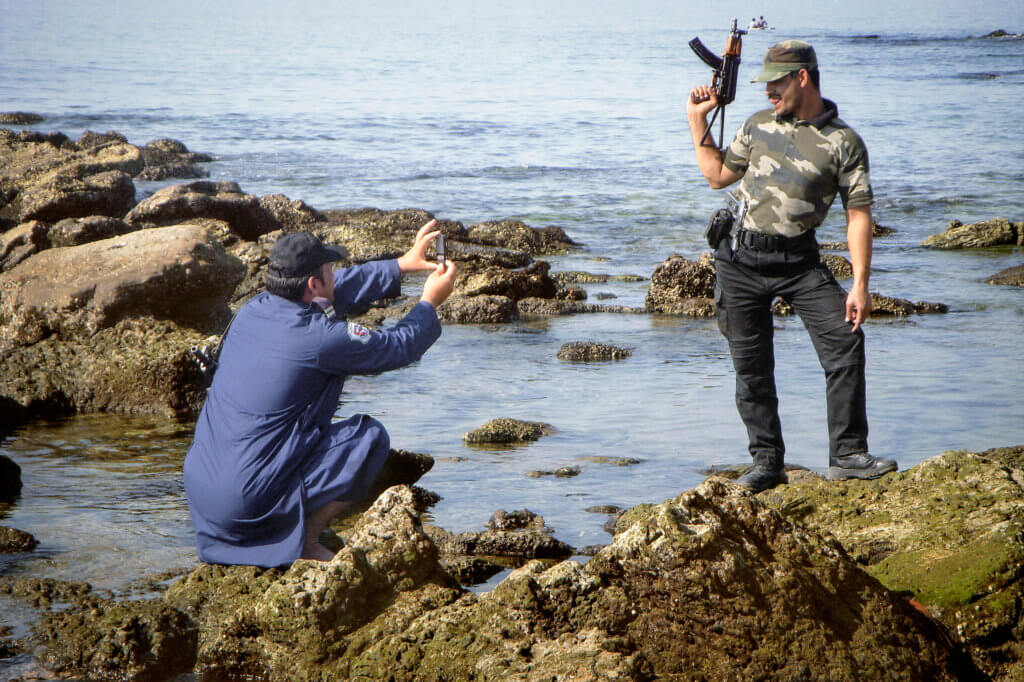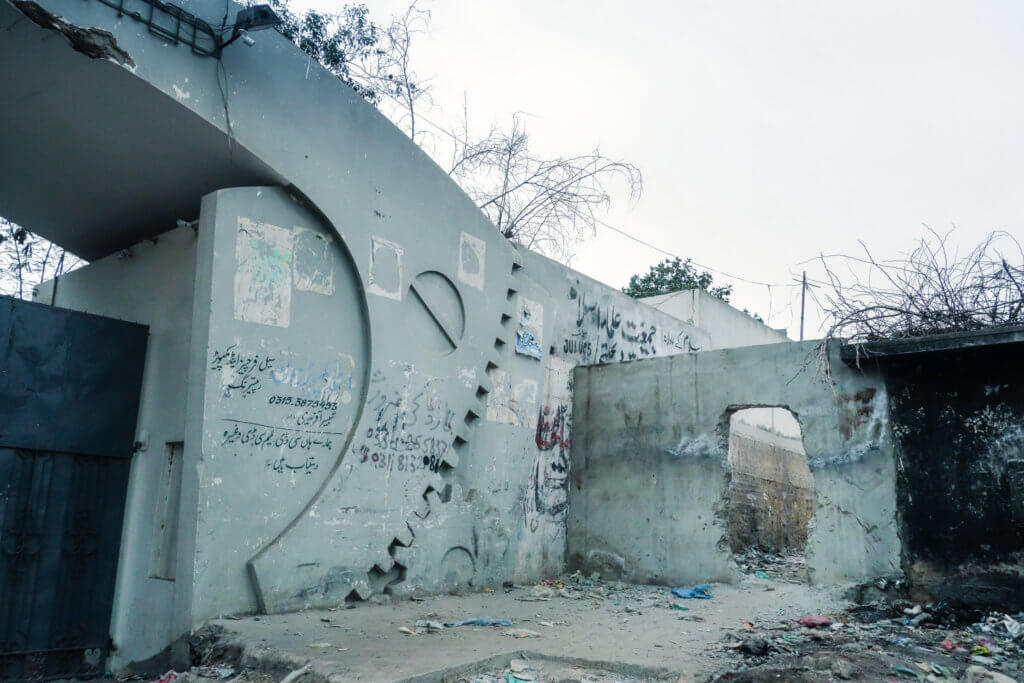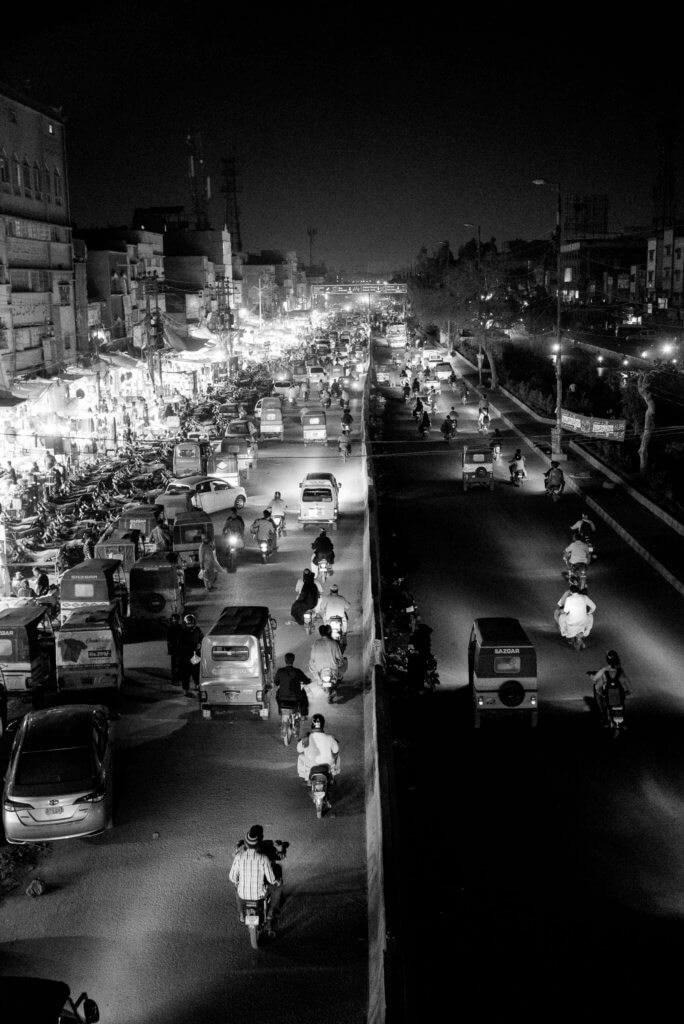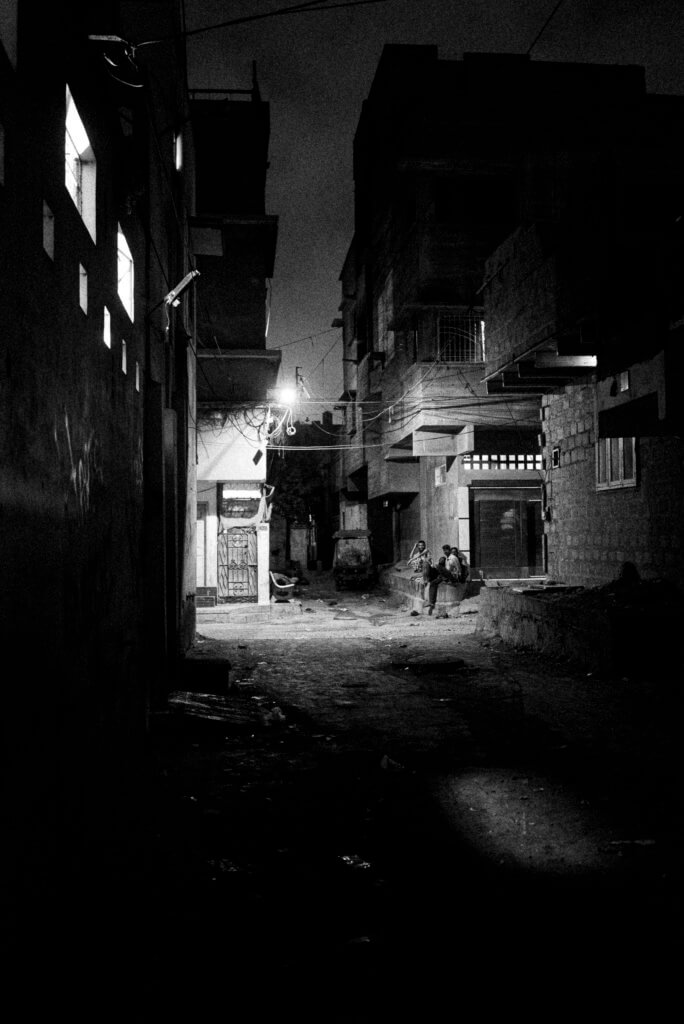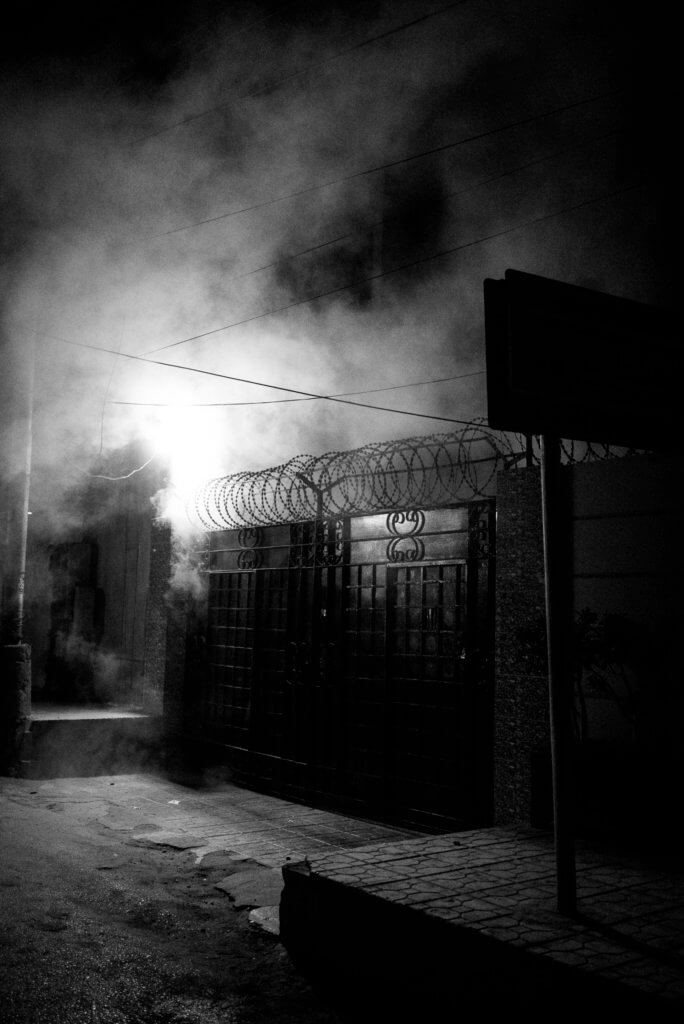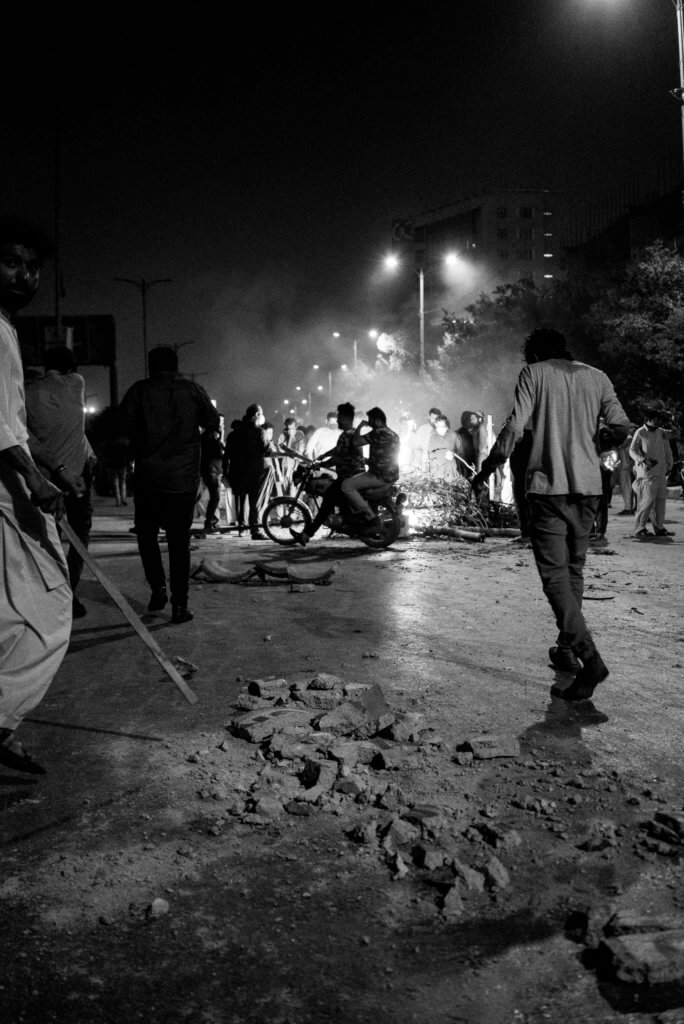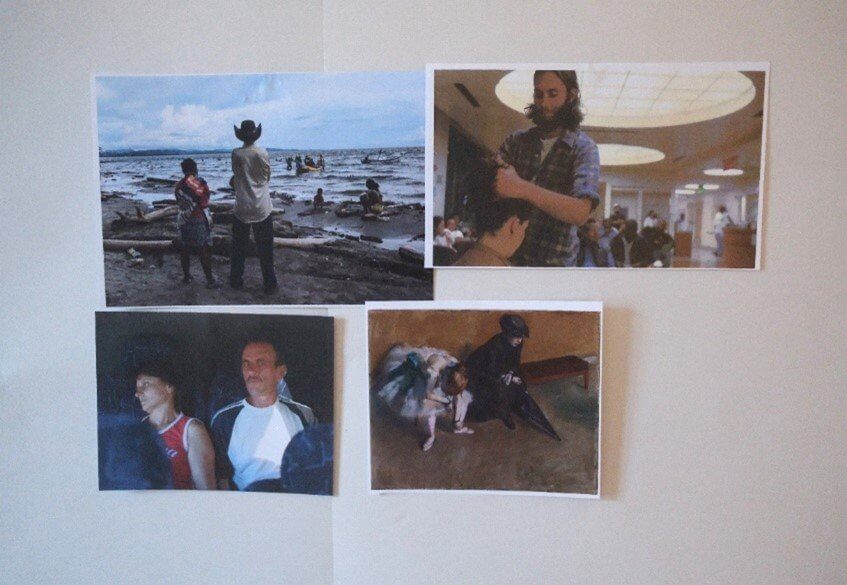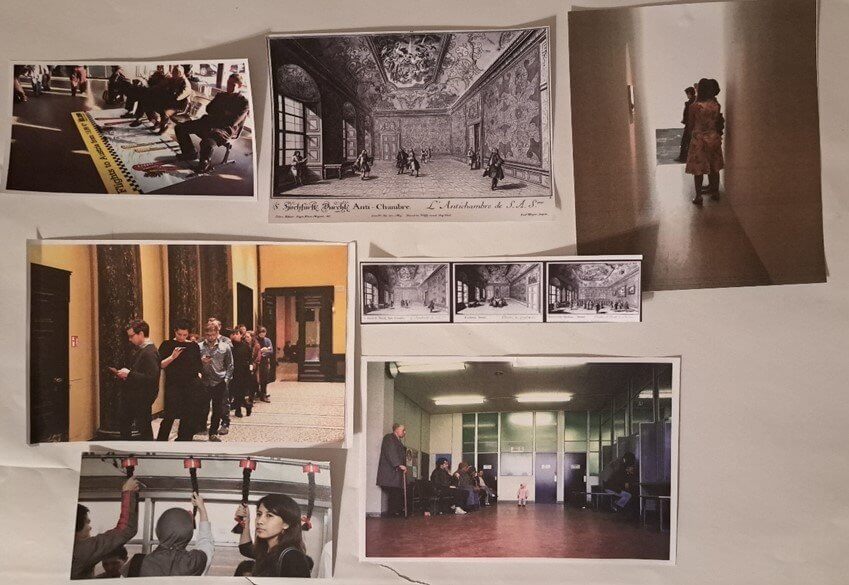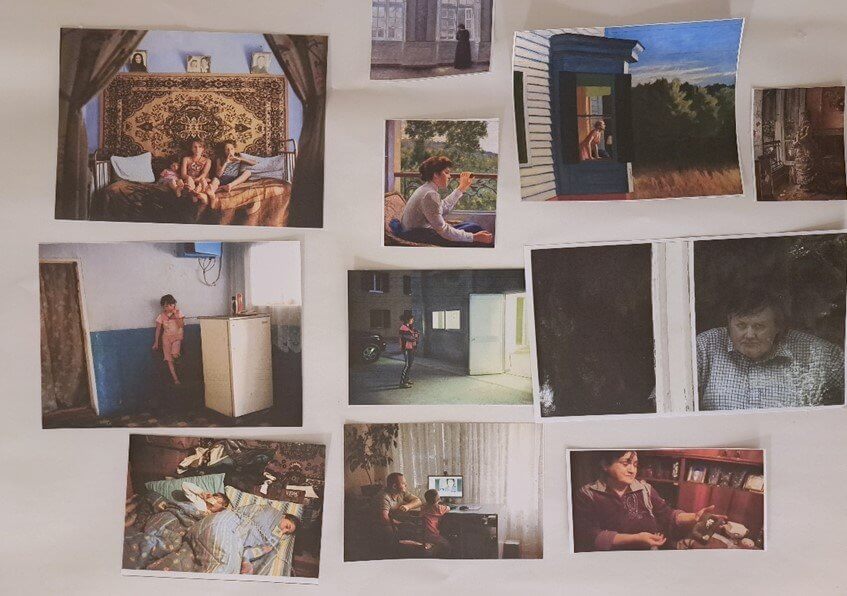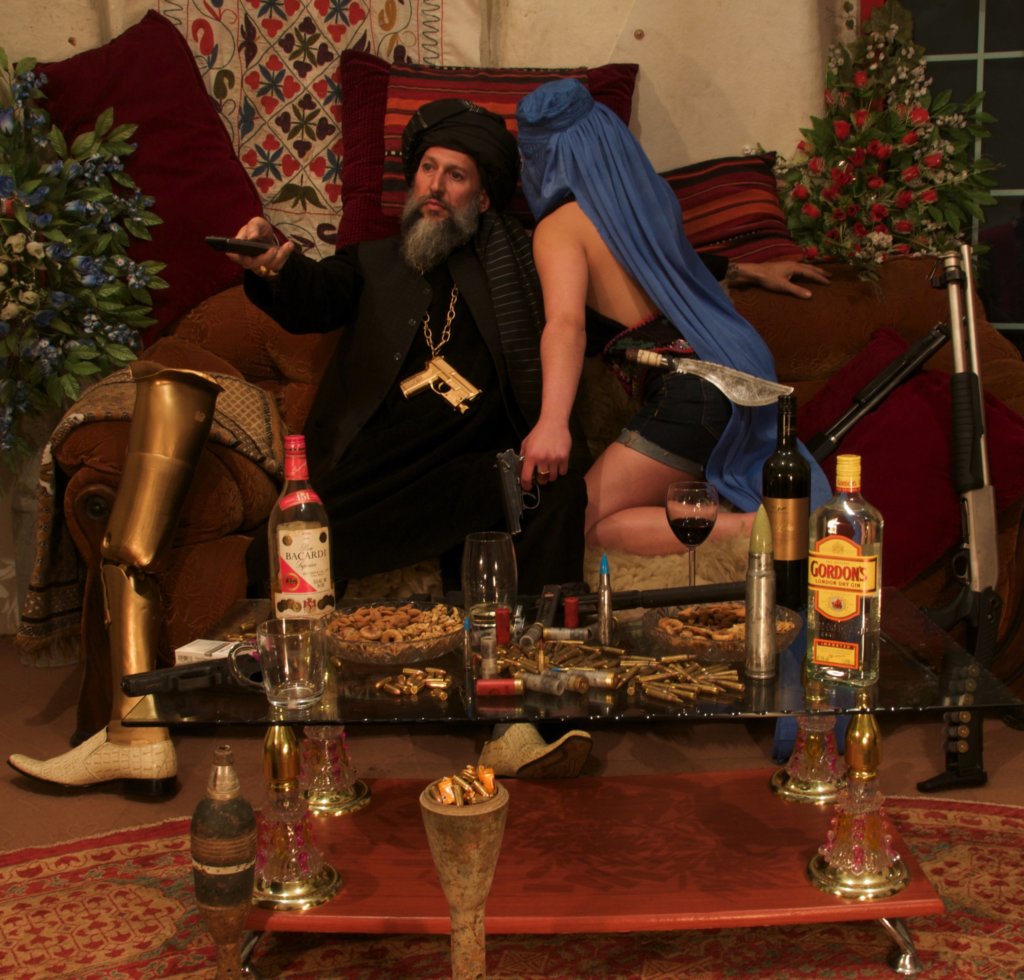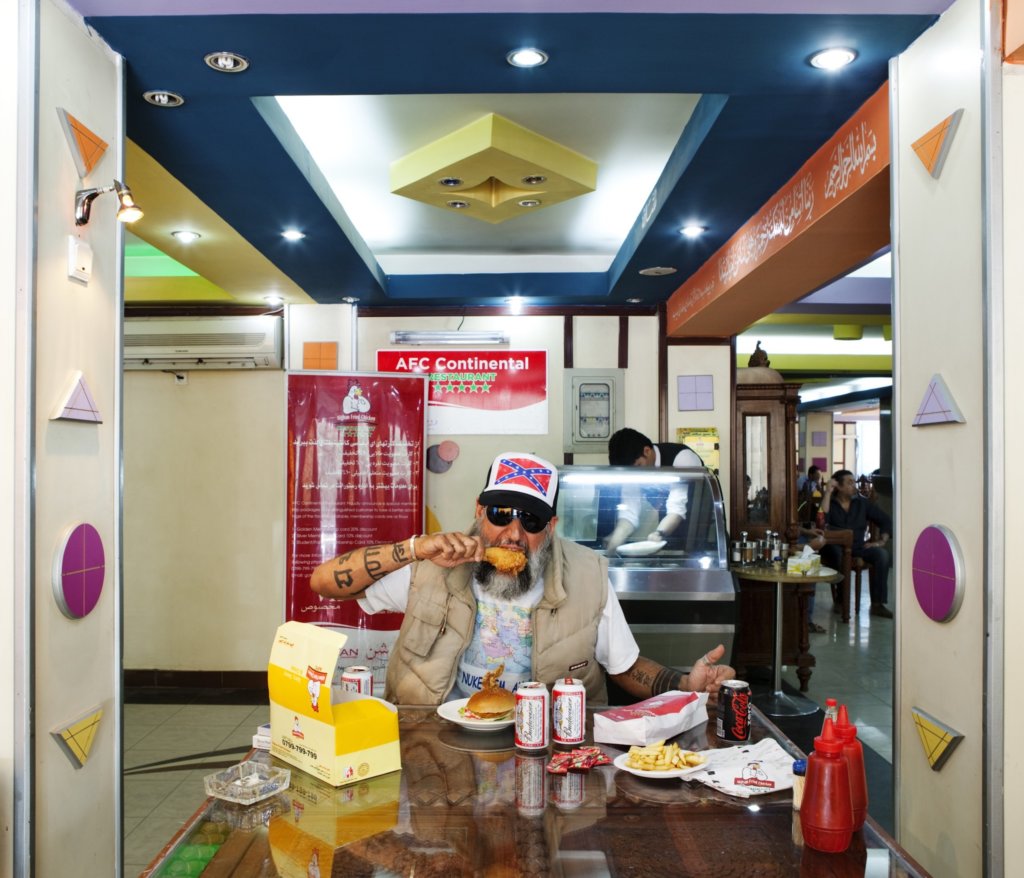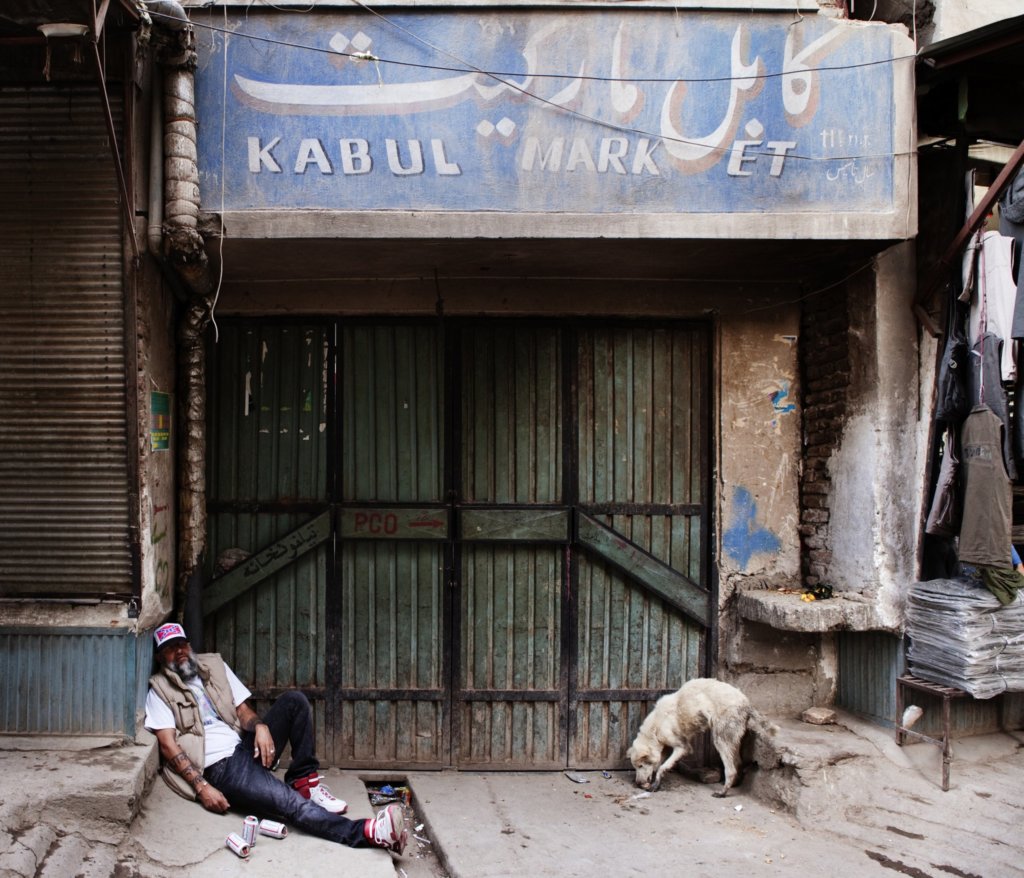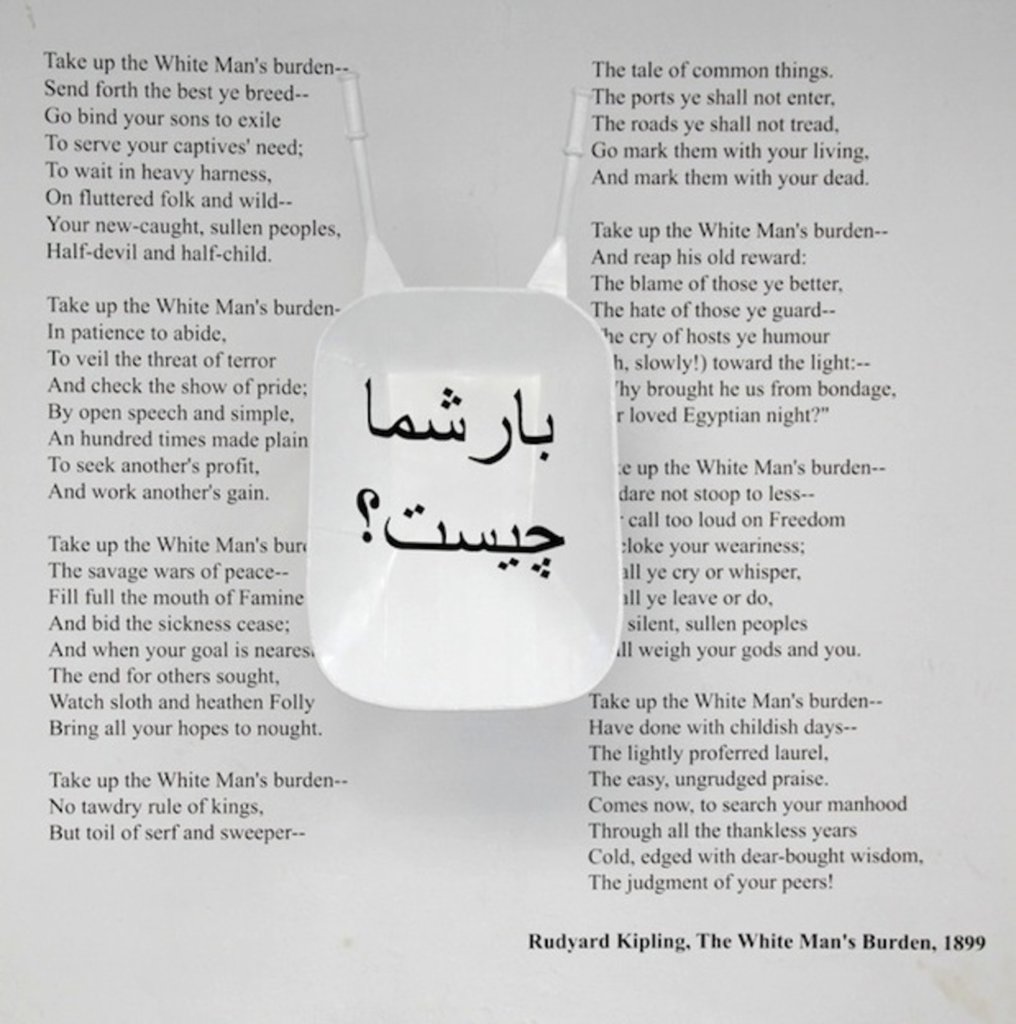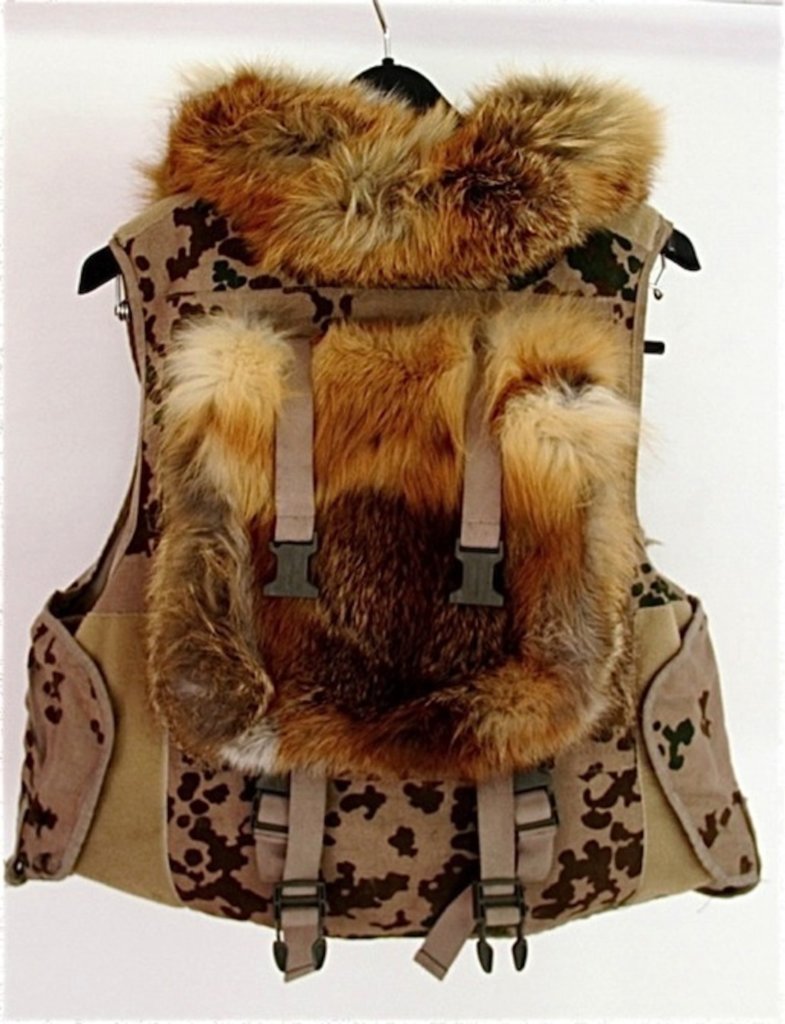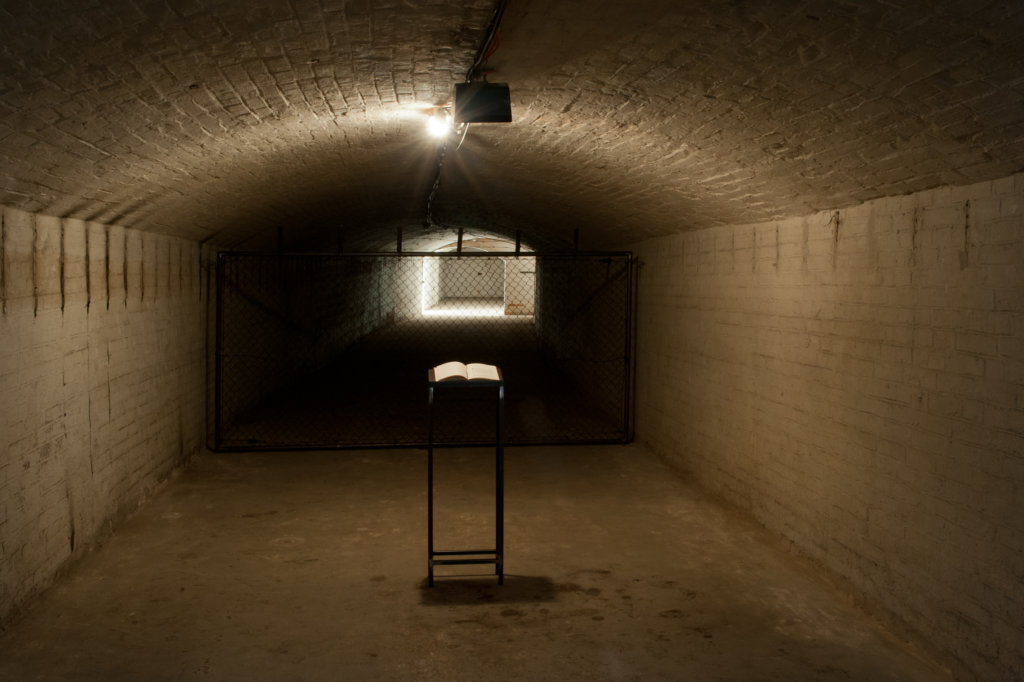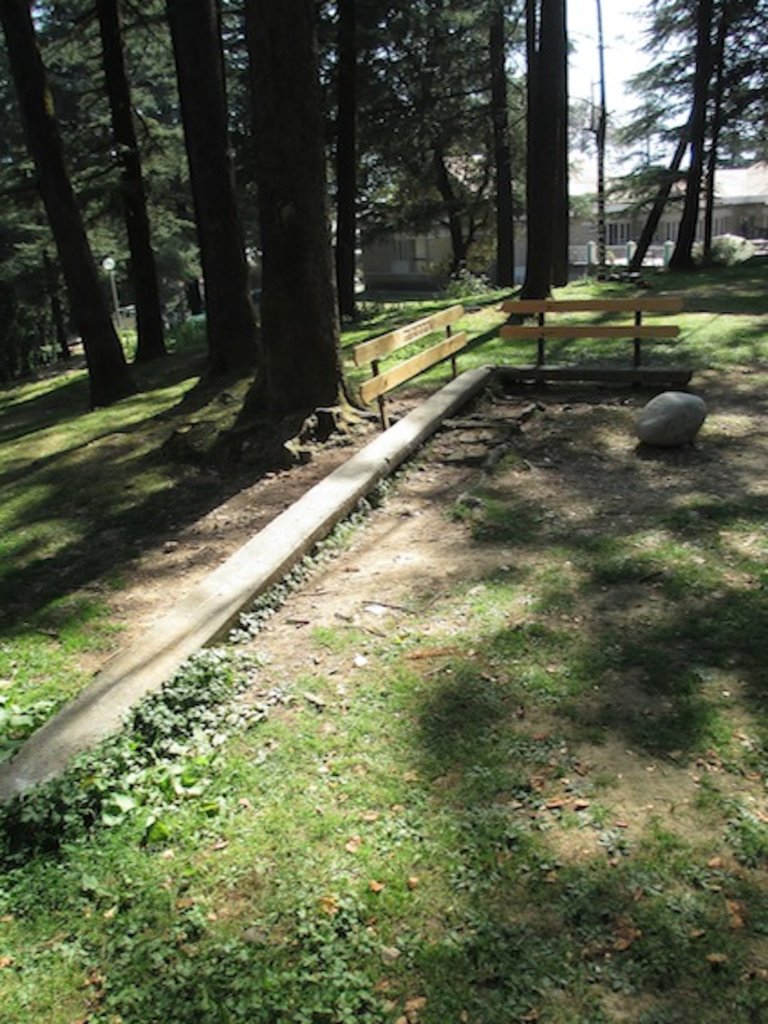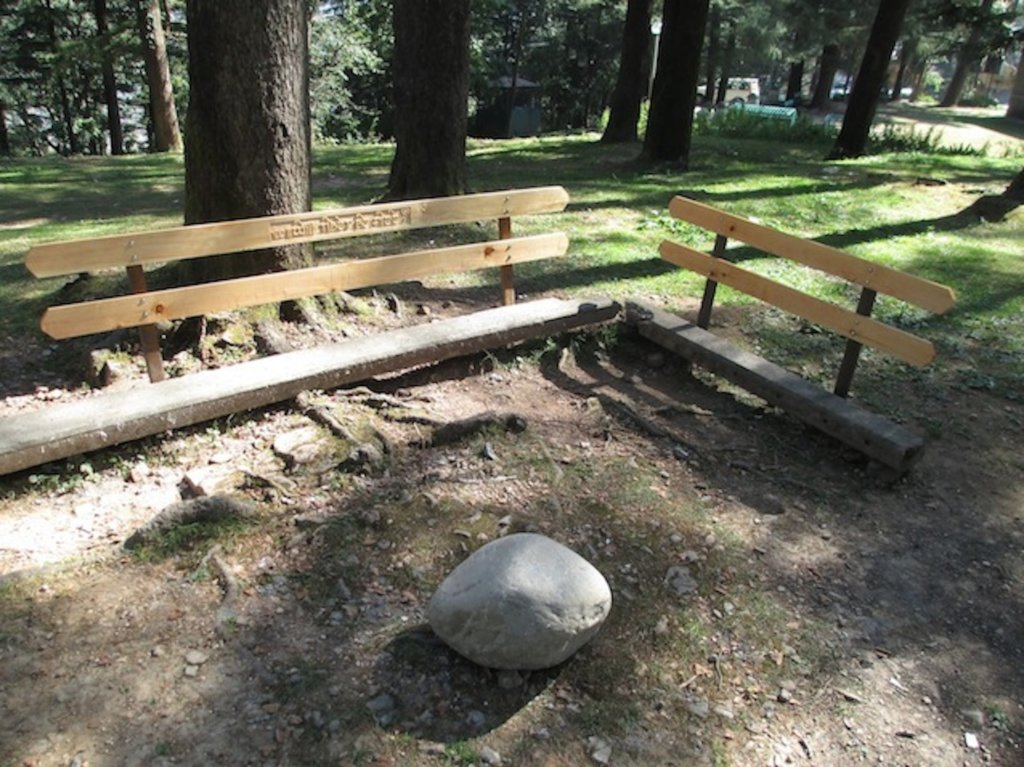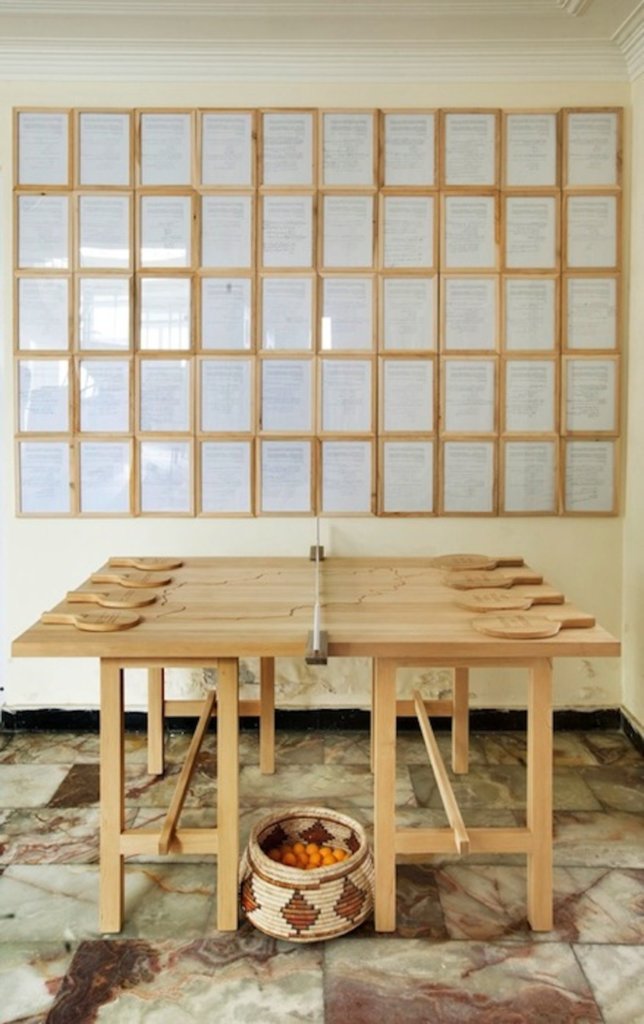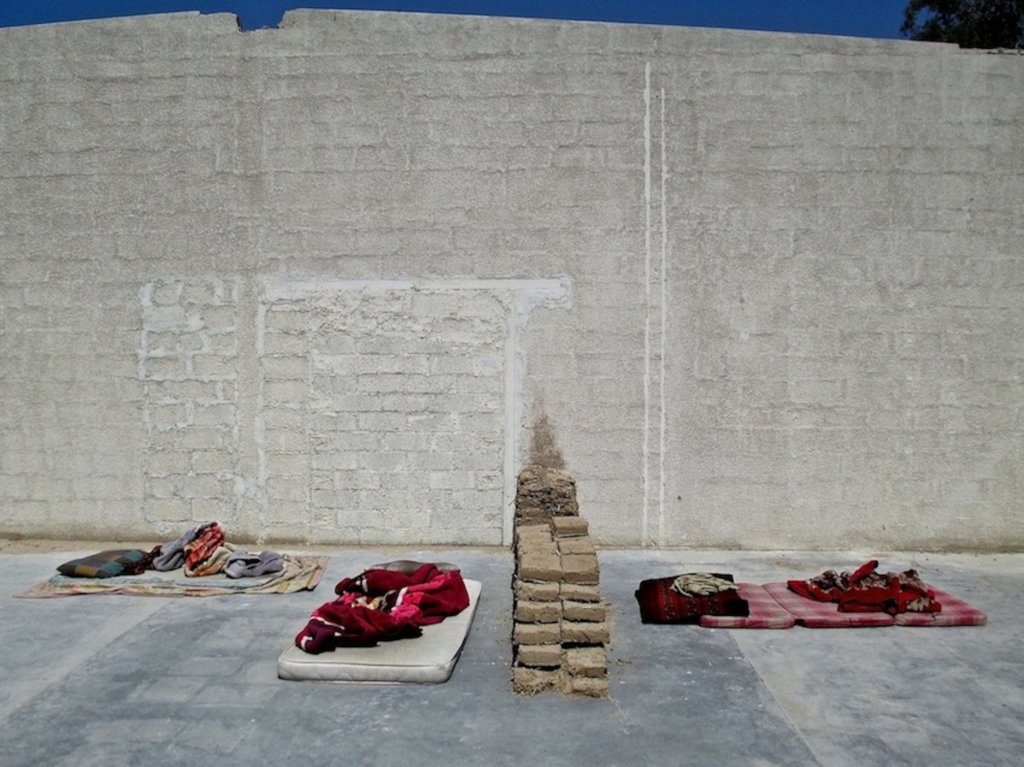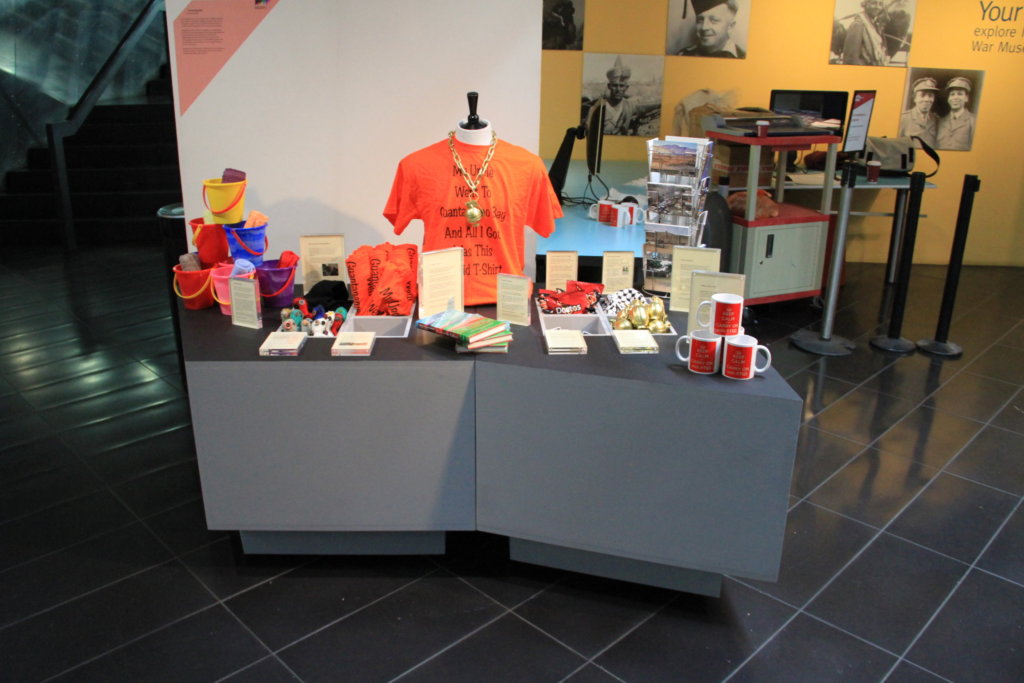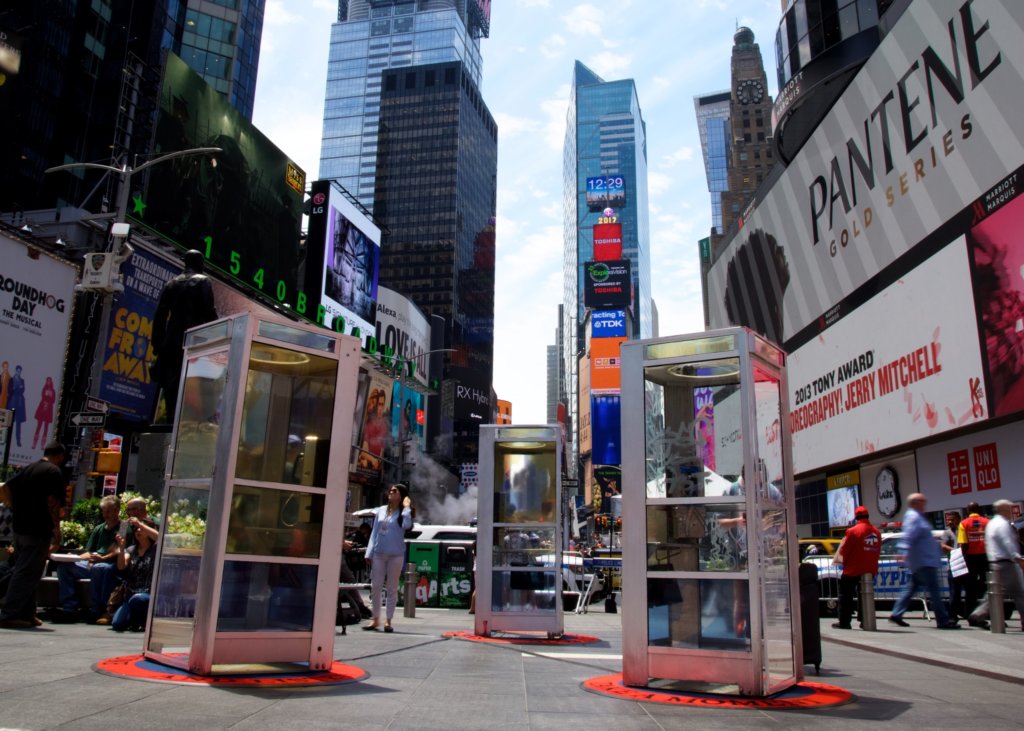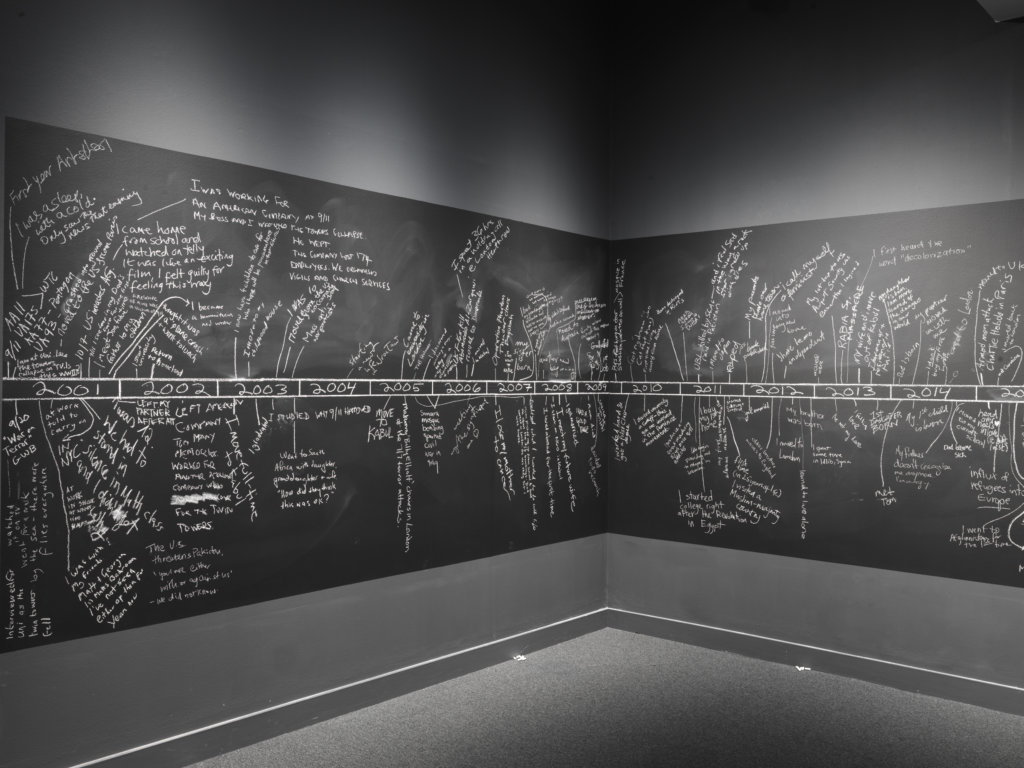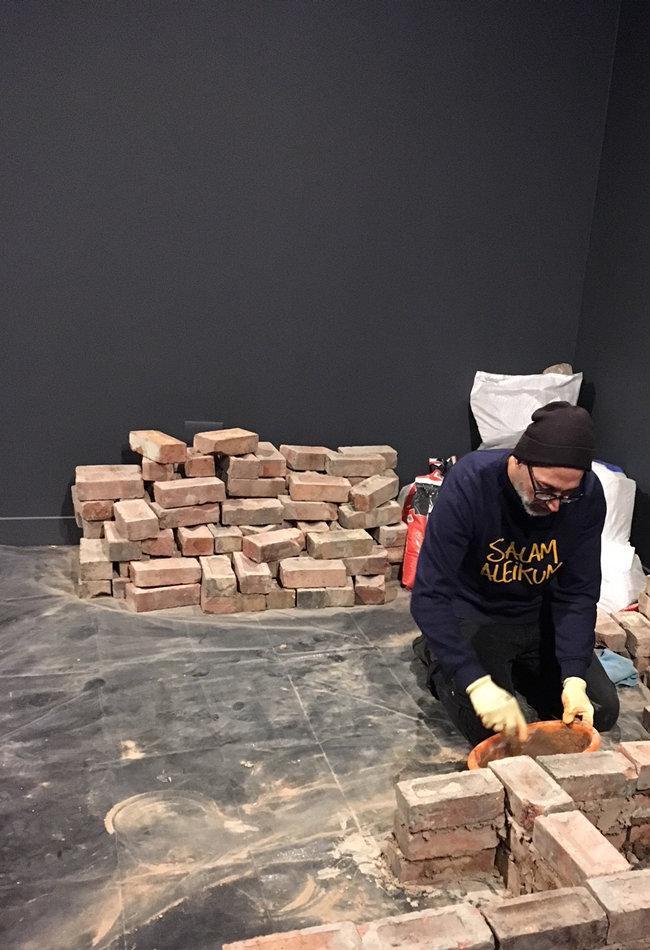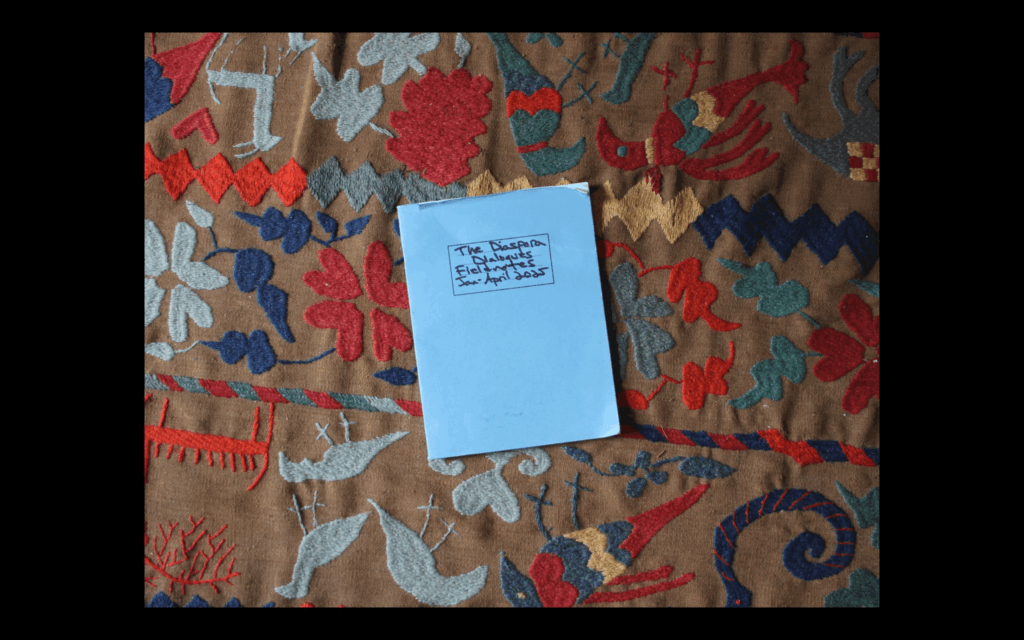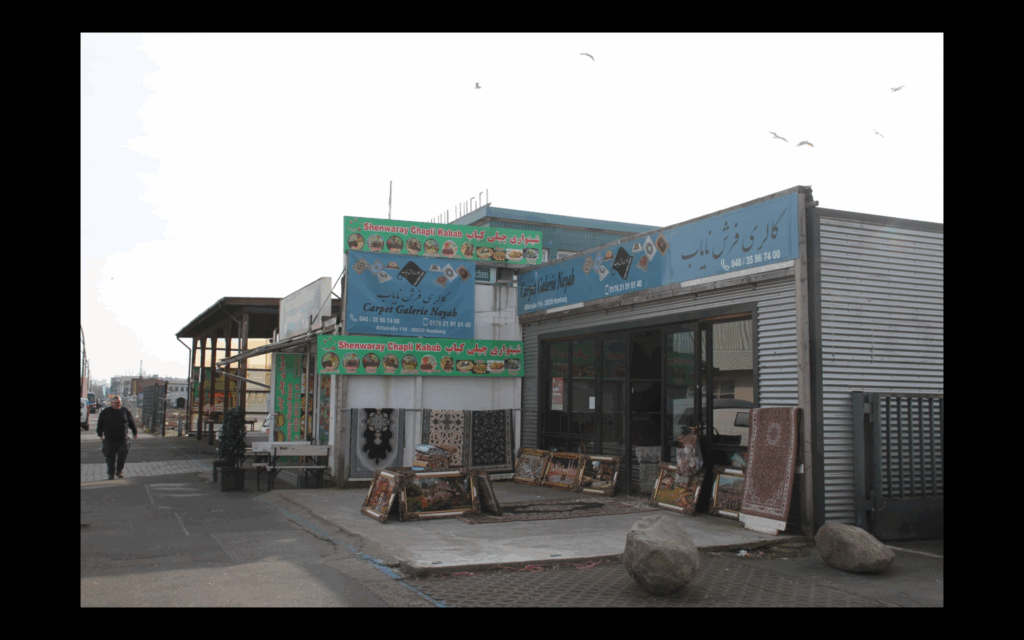Scholarship, Art, Practice, and the Universal We
https://doi.org/10.71609/iheid-f6bg-zz57One cannot separate the scholar, the artist, and the creative practitioner. In the broader field of the humanities, human experience is the central concern—the focal point. It is the act of experiencing the world that provokes both the creative impulse and the intellectual pursuit of knowledge. This demands ongoing engagement with society, with its developments and its transformations. Just as the social sciences must remain rooted in their direct engagement with the phenomena they seek to understand, so too must the creative process. Despite claims to the contrary, imagination does not spring from nowhere—it draws from the observable universe, interacting with and expressing itself through social acts such as language, art, and other cultural forms.
For me, lived experience—what Henri Lefebvre called “the dialectics of the lived, perceived, and conceived”— is a vital point of departure. It guides my attempts to examine the world through diverse vantage points and approaches: scholarly, literary, artistic, and collaborative. These modes are deeply intertwined, even if we must speak of them separately for methodological clarity. Each enriches the others, contributing to a more holistic understanding of the human condition.
From this inseparability of human experience and its expression, I draw on Antonio Gramsci’s concept of praxis, which insists on the active participation of the observer within the movement of history itself. Without such participation, one risks being trapped in a past that is no longer relevant. Gramsci writes:
In reality one can foresee only the struggle and not its concrete episodes; these must be the result of opposing forces in continuous movement, never reducible to fixed quantities, because in them quantity is always becoming quality. Really one “foresees” to the extent to which one acts, to which one makes a voluntary effort and so contributes concretely to creating the “foreseen” result.
In other words, predictions are grounded in specific historical moments, not in history’s continuous unfolding. The only way to truly comprehend history is through active engagement—through practice, through the effort to shape what lies ahead.Observation is not passive; it is an action entangled with the outcome.
This echoes what we see in quantum physics: a physical event unfolds across infinite potential trajectories, multiple histories. An observation—an intervention—collapses these possibilities into a specific state. Here too, the act of observing becomes part of the event. Observation is not passive; it is an action entangled with the outcome.
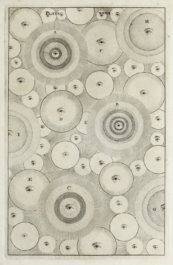 An original theory or new hypothesis of the universe, Plate XXXII (1750). Thomas Wright
An original theory or new hypothesis of the universe, Plate XXXII (1750). Thomas WrightThis dynamic interplay is what animates both my literary and scholarly work. Each strives to engage the reader as co-creator, as co-thinker, from different angles. Together, they form a triangular equation where practice, creativity, and scholarship merge into a multidimensional lens through which to observe the contemporary world—with all its injustices, inequalities, and complexities. Scholarship offers knowledge and understanding; art brings reflection, reinterpretation, emotions and alternative visions; practice situates both within the ongoing dialectic of societal transformation.
Literature, as a multilayered exploration of social experience, and practice, as an organic, internal participation in the human condition, together with scholarship, which seeks the hidden causes and connections, constitute a necessary composite. Not to gaze at “others” through a preset, preconstructed window, but to critically expose and question the very process of othering—a process so central to the US-Eurocentric worldview, rooted in a modernity often conceived as an exclusively European phenomenon. As thinkers like Octavio Paz and Enrique Dussel have argued, this modernity depends on the construction of the “peripheral” Other.
In critiquing the “us” and “them” dichotomy, I invoke a universal we—one that includes not only humans but animals, rocks, stars, inanimate matter, and the subtle interdependencies that comprise the cosmos. This is a truly universal perspective that,In critiquing the “us” and “them” dichotomy, I invoke a universal we—one that includes not only humans but animals, rocks, stars, inanimate matter, and the subtle interdependencies that comprise the cosmos. for me, was influenced and shaped by science—cosmology, evolutionary biology, quantum physics. These fields have taught me humility and perseverance as I no longer seek a singular “meaning” for my own, or human, existence, but rather their universal usefulness: how, in this brief life, currently averaging 73 years, I might contribute usefully within the immense continuity that is the universe.
This poetic approach reveals how art, with its creative potency, can reposition the rigid and categorical structures of the humanities within the vast spectrum of human and cosmic experience. It allows for a multiplicity of “we”—a concept akin to Roland Barthes’ notion of the plural text, in which
the networks are many and interact, without any one of them being able to surpass the rest; this text is a galaxy of signifiers, not a structure of signifieds; it has no beginning; it is reversible; we gain access to it by several entrances, none of which can be authoritatively declared to be the main one; the codes it mobilizes extend as far as the eye can reach, they are indeterminable.
This is the plurality that art is able to inject into scholarship—challenging its inclination to categorise and isolate, and reconnecting it with the holistic context of existence: a continuum where everything is related to everything else, as Joseph Jacotot correctly and insightfully argued. Life is a field of relations and contexts. History, as the Megadeth song puts it, is a “train of consequences”—and “there ain’t no turning back.” Every present moment is bound to everything that came before it; if it weren’t, it would be something else entirely. The present is the inevitable outcome of the past in its entirety. All pasts are connected, intersecting with other people’s pasts, which in turn intersect with others’, and so on, endlessly. The same holds true for social, economic, and political events—they are threads in a vast web of personal and collective histories, each one unfolding into and out of another. Human phenomena cannot be fully understood outside this intricate field of interconnection. A beautifully simple illustration of this now-central idea in the humanities appears in a three-minute sequence from The Curious Case of Benjamin Button, where a seemingly random car accident—one that radically alters a character’s life—unfolds from a chain of trivial, unrelated events that align just so. All phenomena emerge from such infinite intersections, occurring at every level: personal, social, political, and beyond.
From this plural vantage point, I turn to literary works such as Italo Calvino’s Invisible Cities and Abd al-Rahman Munif’s Story of a City. A Childhood in Amman, to study and reflect on the transformations of my hometown, Amman. Similarly, I engage with Yann Tiersen’s album Le Phare as an aural reimagining of place—interpreting Brittany through sound and music. This helps me explore the layered relationships between urban change, nature, and society.
Le Phare offers another insight: by performing all the instruments and making all the sounds himself, Tiersen reveals the potential for solitary, self-directed creative journeys. Like art, research, too, can be solitary, especially in its production phase, and often involves the composition and recomposition of disparate elements into a coherent, and ideally harmonious, whole. It should generate new knowledge—new ways of seeing, understanding, and being. In this sense, scholarship depends on creativity, and has much to learn from art.
Art transforms, and it invites transformation. Finally, from a methodological standpoint, art deserves a more central place in the humanities because it always exists in context—in social and cultural space. It is published, exhibited, performed; it is showcased for audiences; demands public interaction, interpretation, and dialogue beyond the narrow and closed sphere of its creators. This stands in contrast with much of academia, where work is often cloistered behind the paywalls of specialised journals and academic books, buried in specialised jargon, inaccessible to broader audiences.
Art transforms, and it invites transformation. Quietly, deeply, over time, it opens conversations—with readers, listeners, viewers—and activates the counter-potential of creative observation and engagement within society. These are precisely the dimensions that scholarship in the humanities must embrace if it is to evolve. In doing so, it can help transform the observer, the observed, and the process itself—moving us toward a truly international, interconnected understanding of existence that is expressed in relations of universal continuity and interconnectedness. Here, the “universal we” becomes not only more evident, but more organic, more urgent, and more necessary.
Electronic reference
Bustani, Hisham. “Scholarship, Art, Practice, and the Universal We.” Global Challenges, Special Issue no. 3, October 2025. URL: https://globalchallenges.ch/issue/special_3/scholarship-art-practice-and-the-universal-we. DOI: https://doi.org/10.71609/iheid-f6bg-zz57.This bilingual special issue of Global Challenges has been jointly produced by the Geneva Graduate Institute’s Research Office and the Centre for International Studies (CERI – Sciences Po – CNRS). Coordination was provided by Miriam Périer for CERI and Marc Galvin for the Geneva Graduate Institute.
VIDEO: Alexandra Grimal (2020)
Domaine de Chambord
An inauspicious day from the get-go
My poetry has always been influenced by other artistic media, including contemporary dance, music, and audiovisuals. ‘An inauspicious day from the get-go’ is a poem with direct roots in cinema. It is affected by the simple, striking, abrupt, and contradictory visual elements in the films of two avant-garde Palestinian directors: Hany Abu-Assad’s Rana’s Wedding and Elia Suleiman’s Divine Intervention and The Time that Remains. Similar to these films, the poem explores the indifferent, banal, and haphazard genocidal violence inflicted by, and inherent in, settler colonialism; so that regular, daily acts of the colonized, like talking on a phone, or looking out a window, become extremely dangerous actions.
Through the ‘colonial encounter,’ such simple acts transform into areas within which the colonized struggle to maintain their continuity, existence, and life, as contrasted with the colonizer’s core endeavor[s] of disruption, annihilation, death. This poem touches on these contrasts of ordinary, day-to-day living, examining how colonialism obliterates them to a point of no return.
An inauspicious day from the get-go
Some damn thing made her mom start talking to her about her fiancé yet again. “He’s just not cast from the same clay we are,” she said, “and I don’t think he’s really got it in him to make it a home.”
And as always happens at such times, the young woman shouted and swore, then she hurtled—like a metal water tank hoisted half-way up towards the roof slipping its trusses to crash back down—out of the house.
In the moment between her opening the front door and slamming it behind her, a tank passed; the sound of its tracks the crushing of little children’s bones, the smell of its exhaust charred corpses.
As she crossed over to the opposite sidewalk a sniper behind her shot a young man at the end of the street, of whom nothing had appeared in the machine gun’s sights except the hair on the back of his head.
Before she raised her hand to her friend’s doorbell a bulldozer had extended its metal claw towards the walls of the next-door building, so that it crumbled into pieces on the ground.
Under the rubble a doll with disheveled hair and dusty clothes was playing some music out of her belly, next to her a notebook in which the boy had drawn what he imagined of a bulldozer destroying a house that he imagined as his own.
The boy sits silent while the woman at his side (his mother) hits herself on the head, his father having preceded him to prison. The boy will grow up one day and will love a girl who has grown up also, and then he will be betrothed to her.
The boy who got engaged to the girl—after they grew up, and he got out of prison—had been saying goodbye to her at the end of the street, and stayed there watching her walk away until she entered her house. Then he slowly walked along the street from one end to the other, passing in front of the sniper, who eventually took the decision to put a bullet in the back of the boy’s head, after the tank had gone down the street, and he’d heard the sound of a door slamming and a girl had dashed by from one sidewalk to the other, all of which he took to be evil omens, and were.
Copyright © 2025 by Hisham Bustani. Originally published in A Poem-a-Day on January 27, 2025, by the Academy of American Poets.
Translated from the Arabic by Alice Guthrie.
VIDEO: Medical placement in the Solomon Islands
Bond University
Presentation of Destiny/Destination and reading of selected poems by Darius Kethari
Geneva Graduate Institute
VIDEO The Monkey in the abstract garden, Alexandra Grimal
Montage 1: Waiting with, differentiated temporalities in shared waiting
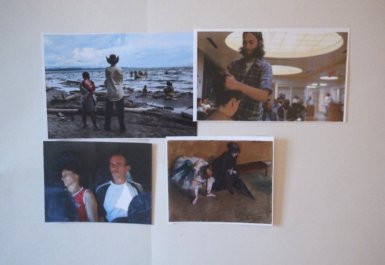
It is unsurprising that waiting has a collective aspect, fostering interaction and potential solidarity. Yet, juxtaposing images like this film still from Peter Nicks’ The Waiting Room (a woman awaiting a consultation alongside her partner) and Edgar Degas’ painting L’Attente (a young dancer accompanied by a possible chaperone) raises questions about differentiated temporalities in shared waiting. How does the presence of accompanying individuals who share the waiting experience, even though they are not directly waiting for anything, alter the dynamic of waiting?
Nora Doukkali Elamajidi
Artistic collaborations with Carlo Vidoni (Destiny/Destination) and Loris Agosto (Homo Itinerans)
It was almost by chance that I began collaborating with two artists I knew from before. I first worked with Carlo Vidoni to design an exhibition entitled Destiny/Destination, which resulted in a polyphonic book bringing together interviews with migrants and poetic evocations, drawings and photographs (Monsutti & Vidoni 2023). The words we collected uncovered the vacuity of certain predefined categories: for example, the labels “economic migrants,” “asylum seekers” and “refugees” flatten a much more complex and diverse landscape. Our interlocutors spoke of their migration trajectory in terms of a tension between attachment to the places where they grew up and curiosity about the world that exists beyond the walls of their homes. These polymorphous conversations were translated into an open language that crossed the boundaries between social anthropology and visual art, between creators and the public, to reach people who could relate to the migration narratives and enrich them with their own experience. The lines on the palm of the hand were our visual and discursive starting point. They tell stories, they convey a message of singularity and, at the same time, of shared humanity, of idiosyncrasy and universality.
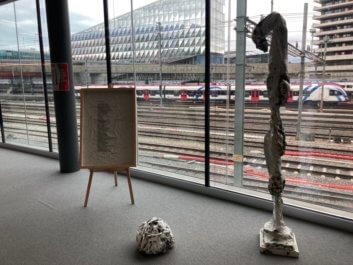 I Am From Where I Am Going, Geneva, March 2024 (A. Monsutti).
I Am From Where I Am Going, Geneva, March 2024 (A. Monsutti).Another artist, Loris Agosto, was struck by a sentence that an old man told me during my fieldwork in the mountains of central Afghanistan. I used this sentence to open the book Homo Itinerans (Monsutti 2020): “I come from where I am going!” An apparently paradoxical sentence, it is more than just a formula, it is an invitation to change our perspective and take a fresh look at human mobility. Here, social sciences inspired art through the production of sculptures in which human faces can be distinguished, without it being clear whether they are being born or being swallowed up by mud. The work was complemented by figurative texts I wrote to evoke migrants’ conditions of living and itinerancy as a way of being in the world (see more).
Alessandro Monsutti
The Garden of the (In)visible
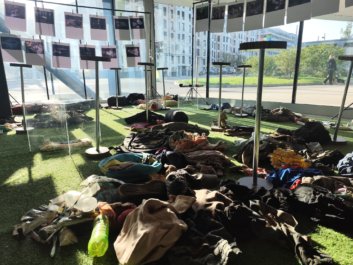 The Garden of the (In)visible, Geneva, November 2024. © Alessandro Monsutti
The Garden of the (In)visible, Geneva, November 2024. © Alessandro MonsuttiIn line with Danto’s and Latour’s invitation to see art as a way of being and acting in the world, the installation The Garden of the (In)visible, co-created with my colleagues Roberta Altin, Giuseppe Grimaldi and Katja Hrobat Virloget, staged artefacts collected along the so-called Balkan Route, at the borders between Croatia, Slovenia and Italy. Here, objects are clearly social agents: they render visible people who were largely invisibilised. The installation was presented in public spaces and even on the streets, drawing attention to a socially sensitive situation, intentionally inviting polemic among people who might disagree in a way that participants in an academic conference would not. The process was participatory at each of its various stages: First, collecting the artefacts involved local authorities and activists, students and professors from the various universities of the region. Then, the installation was accompanied by events that brought together migrants who had taken the Balkan Route, people living near the various borders, and all those who joined the collect.
In this project, the differences between social sciences and art, but also between investigator and investigated, between curator and visitor, fade. It was not about communicating the work of social scientists to a broader audience but rather creating – beyond the narrow circle of university professors and students – a new epistemic and political community. We were modestly following Latour’s footsteps, making public debate more accessible and challenging taken-for-granted assumptions, but, more importantly, we hoped above all to open up new possibilities for action and coexistence.
Alessandro Monsutti
Hannah Entwisle Chapuisat’s current research explores how art…
My current research explores how art’s critical capacity to engage affect, the senses, and the imaginary might influence international norm evolution in intergovernmental venues, drawing on constructivist scholars Martha Finnemore and Kathryn Sikkink’s 1998 norm “life cycle” model that recognizes the role of “[a]ffect, empathy, and principled or moral beliefs” in international norm dynamics. I have found that when art is integrated within collective efforts to develop norms, it can increase global policymakers’ awareness and understanding, inspire ideational commitment, and generate creative thinking, which can all influence norm evolution processes. For example, in the context of a programme such as the UN80 Initiative – an initiative launched in March 2025 to make the United Nations more effective – art-based projects may stimulate more expansive and innovative reflection about the future of multilateralism. Rather than restricting the debate to what is financially and politically viable, art has the capacity to propose or test radical solutions that may embolden global policymakers to think bigger and perhaps arrive at more innovative visions.
Screening of Mati Diop’s 2024 film Dahomey at the CDHM (February 2025)
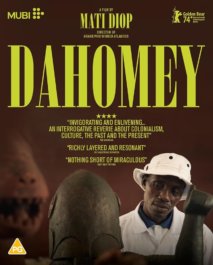
In February 2025, the CDHM hosted a screening of Mati Diop’s 2024 film Dahomey, a documentary following 26 objects from the former Kingdom of Dahomey as they leave Paris and are returned to present-day Benin. The screening was followed by a panel discussion on the “Diplomacy of Restitution: Issues of Knowledge and Powers”. Participants included leading academics, diplomats, curators and writers active in both Benin and Europe. Co-chaired by Doreen Mende, Director of Research of the State Art Collections in Dresden and Prof. Mallard, the discussion explored issues around how stolen art treasures can be received in a country which has reinvented itself in their absence. The panel covered themes ranging from the making of the film and panellists’ personal experiences of restituting archives to methods of postcolonial digitisation and digital archiving. Leading up to the event was a seminar for students at HEAD – Genève on collaborative projects on provenance research between African and Western researchers. A special session, “Within me resonates infinity”, based on the film, was held at the Museum of Ethnography Geneva (MEG) for students of HEAD – Genève and IHEID. Through the organization such multi-facetted events with a diversity of actors from different backgrounds, the CDHM hopes to break disciplinary and institutional boundaries, placing the Institute at the forefront of pedagogy on multilateralism.
Grégoire Mallard
“Image wars”, a forthcoming project by Nataliya Tchermalykh
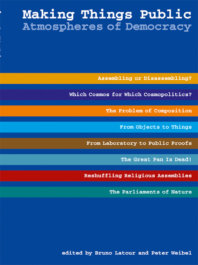
The first exhibition organized by Bruno Latour and Peter Weibel in 2002, Iconoclash, examined the: the various attempts to destroy, prohibit or indeed protect religious as well as scientific and artistic images of God, nature and man. This theme of image wars will be further developed by Nataliya Tchermalykh, a CDHM affiliate researcher in a forthcoming project. The second exhibition produced by Latour and Weibel, Making Things Public, addressed what the organisers called the “atmospheres of democracy”, pairing an impressive range of philosophers, historians and sociologists, from Europe and the United States, with visual artists. Their task: to explore the variety of media via which citizens in modern democracies voice their political claims.
Gregoire Mallard
PODCAST: Makenzy Orcel. Le sensible, la raison et la compréhension du monde
Research Office – Geneva Graduate Institute
VIDEO Member State, UN and public engagement with artwork during negotiations
Youtube / VonWong
More on my ethnography of the Tubas Cluster Plan, by Dorota Kozaczuk
My ethnographic study of the Tubas Cluster Plan dates back to 2016, when the Palestinian consultancy CEP (Center for Engineering and Planning) began developing a regional master plan for the Tubas Governorate in the northern Jordan Valley. The project covered 118,297 square kilometres, including lands within the 1940 village boundaries of Tayasir and Bardala, as well as northern sections of Area C within Tubas city limits. Nine Palestinian communities were included in the planning framework: Al Malih, Ein al Hilwa, ‘Aqqaba, Tayasir, Khirbet Tell el Himma, Ibziq, Kardala, ‘Ein el Beida, and Bardala.
At the outset, the CEP team compiled available GIS maps, updated aerial photographs, and gathered archival data from Palestinian ministries and municipal authorities. They collaborated with a Belgian NGO and UN-Habitat as part of the project “Fostering Tenure Security and Resilience of Palestinian Communities through Spatial-Economic Planning Interventions in Area C (2017–2020).” Consultations were held with village mayors and governorate representatives, following participatory planning protocols developed by GIZ and the Palestinian Ministry of Local Government.
By 2019, during my participant observation in CEP’s Ramallah offices, four planning options had been prepared. I was shown the preferred version and invited to meetings where it was presented to stakeholders.
Aesthetic Vision and Political Friction
The Tubas Cluster Plan was visually compelling. On a printed A1 sheet, the region was divided into three zones: a deep green western section for agriculture, a faint brown central zone for mountainous terrain, and a dull green eastern area for pastoral land. Seven small zones, marked in vivid orange and bordered in blue, represented planned communities in the north, west, and east. CEP staff noted that the Israeli Civil Administration had approved plans for Tayasir, ‘Ein el Beida, and Bardala, while previously rejected plans for Al ‘Aqaba, Al Malih, Al Farisyia, and Karbala had been redesigned.
The plan proposed a road encircling the mountain range, connecting the seven communities, and included upgrades to existing roads in the west and south. Notably, it omitted Israeli settlements, the separation wall, and the military designation of much of the area. In this orthographic vision, the region functioned holistically for Palestinian life, with orchards and livestock populating the mountains and tourist routes inviting exploration. The Tubas Cluster Plan was both a misrecognition of occupation and an assertion of Palestinian reality—true to its survey methods, logically deterministic, and far from naïve.
Between Aspiration and Constraint
Shortly after my study, CEP submitted a report with four proposals to UN-Habitat, the Ministry of Local Government, and the Tubas Regional Committee. I attended the unveiling at the Palestinian Ministry of the Wall and Settlements. The meeting aimed to align institutional goals, but quickly revealed tensions. Ministers and engineers spoke of life near the Occupation Wall and recounted stories of displacement. One minister criticized the plan as disconnected from lived realities and questioned its aesthetics. A planner, however, defended the right to imagine beyond oppressive facts, arguing that the Tubas visualisation offered a glimpse of what that could look like.
The meeting ended without consensus. Ministerial support for a plan covering large swaths of Area C carried serious political implications: it risked undermining the Oslo Accords and provoking backlash from Israel and the international community. The plan’s aesthetic of misrecognition also conflicted with the prestige of “surveyed oppression,” which underpins legal and humanitarian support for Area C. In reality, Tubas remained a zone of daily survival under Israeli fire.
Weeks later, the CEP team presented the plan to the nine communities. At the Tubas Municipal Offices, the idea of a prosperous region was met with quiet resignation. It was deemed unachievable and received little attention.
By the end of the following month, CEP submitted individual village plans to the Israeli Civil Administration, aiming to expand them beyond Area B. These plans conformed to the aesthetics mandated by the ICA—complete with its loathed colour scheme and the infamous blue polygon.
By autumn 2019, CEP confirmed that the Tubas Cluster Plan had not been approved.
Montage 2: Spatialization of hope and frustration in public waiting spaces
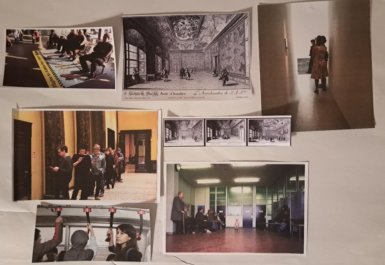
When positioned in proximity to one another, images of public waiting spaces prompt reflection on how their architecture contributes to the experience of waiting. Several scholars have explored waiting as a tool of power. In this context, montages can help foster a closer engagement with how the materiality of spaces and objects configures waiting, embeds power relations and makes waiting individuals aware of their position relative to spaces whose thresholds they have crossed
Montage 3: Domestic waiting, gender and digital mediations
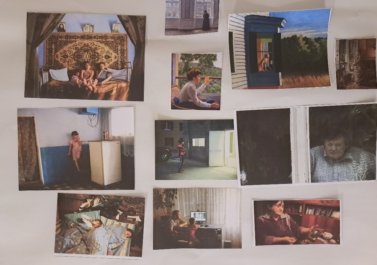
The third montage questions gendered narratives of waiting and domesticity. Some images depict women as passive figures, gazing through windows that symbolize thresholds between interiors as sites of non-events and external action. When these are arranged together with Andrea Diefenbach’s photos from the series Country Without Parents, showing Moldovan children waiting by phones or computers for news from their parents who work in Italy, they offer new avenues for reflection.
History of Palestinian Planning with maps and images
The Military Orders
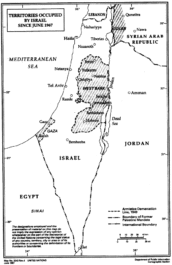 Map No. 3243 Rev 4, Territories Occupied by Israel Since June 1967, United Nations, June 1997
Map No. 3243 Rev 4, Territories Occupied by Israel Since June 1967, United Nations, June 1997
On 1 June 1967, the Israeli military issued its first Military Order, declaring the Gaza Strip and the West Bank as closed military areas. Military Order No. 2 imposed martial law on the West Bank and transferred all legislative, executive, and administrative powers of the Jordanian government to successive Israeli military commanders. Under strict adherence to the Fourth Hague Convention, existing laws could not be altered.
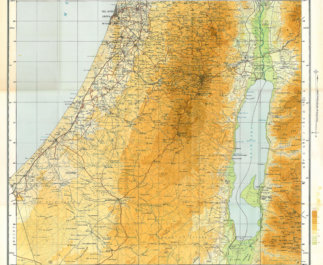 Survey of Palestine 1944, 1:250,000 Sheet 2 (partial crop).
Survey of Palestine 1944, 1:250,000 Sheet 2 (partial crop).Survey of Palestine 1944, 1:250,000 Sheet 2 (partial crop).[/caption]As the occupying power, Israel inherited maps, plans, land laws, and regulations from the Ottoman, Jordanian, Egyptian, and British Mandate periods, spanning over 150 years. Israel immediately began enforcing a stringent military regulatory regime that referenced—but never overruled—existing legal frameworks. Within the first decade of occupation, two parallel strategies emerged: the adoption of most existing laws through Military Orders (MOs), and the centralization of administrative authority under the Area Commander. Palestinians were swiftly stripped of legal and civil rights previously guaranteed under British and Jordanian administrations.
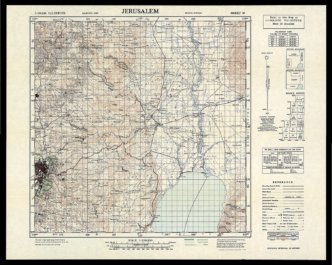 Survey of Palestine 1942–1958, 1:100,000 maps, Survey Department of Palestine Israel enacted Military Order No. 418, titled Order Concerning the [Jordanian] Law for Town, Village, and Building Planning (1966).
Survey of Palestine 1942–1958, 1:100,000 maps, Survey Department of Palestine Israel enacted Military Order No. 418, titled Order Concerning the [Jordanian] Law for Town, Village, and Building Planning (1966).
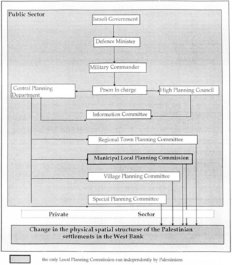 Institutional Arrangements of the Israeli Physical Planning System in the West Bank, Abdel Rahman Abdel Hadi Mahrok (1995, p.126, Fig. 8.2)
Institutional Arrangements of the Israeli Physical Planning System in the West Bank, Abdel Rahman Abdel Hadi Mahrok (1995, p.126, Fig. 8.2)
Through MO 418, Israel effectively excluded Palestinians from planning processes. Over the following decade, Israel issued additional military orders—albeit more slowly—that restricted spatial planning practices to Israeli military personnel only.
Research Office
Me, Amanullah Mojadidi. Who I am…
I received a BA in the late 1990s and an MA in the early 2000s, both in cultural anthropology. I subsequently spent the next 20 years working both as a conceptual artist and a development worker in support of contemporary artistic initiatives in Afghanistan, before returning to academia to pursue a PhD, once again in cultural anthropology. My approach in using anthropology to make art has been to listen to local communities to understand what issues are important to them and then to work with them on defining not only what to represent, but how to represent it. This approach can be seen as falling within what George Marcus has termed “para-ethnographic”, a process in which the ethnographer (or the artist) is “allied with the subject as intellectual partner in coming to terms with the understanding of a shared common object of curiosity” (Holmes and Marcus 2020:29).
Research Office. Geneva Graduate Institute
